1. How to Snake a Kitchen Sink That Won't Drain
Dealing with a clogged kitchen sink can be a frustrating and messy experience. It's a common problem that many homeowners face, and often it can be solved with a simple fix. However, if you've tried snaking your kitchen sink and it still won't drain, you may need to take a different approach. Here's a step-by-step guide on how to snake a kitchen sink that won't drain.
First, gather your tools. You'll need a drain snake, also known as an auger, which is a long, flexible tool with a spiral end used for clearing clogs. You can purchase a hand-cranked or electric snake at most hardware stores. You may also need a pair of pliers or a wrench to remove the trap under the sink.
Next, locate the clog. If you have a double sink, the clog may be in the shared drain between the two sinks. If that's the case, you'll need to block off one sink with a stopper or cloth while you work on the other. If you have a garbage disposal, make sure it's turned off and disconnected before you start snaking.
Insert the snake into the drain. Push it down until you feel resistance, then crank the handle to turn the spiral end. As you turn the handle, push the snake further down the drain. If you encounter a blockage, keep turning the handle to break it up. You may need to push and pull the snake a few times to fully clear the clog.
Once the clog is cleared, run hot water down the drain for a few minutes to flush out any remaining debris. If the drain is still slow, try snaking it a couple more times to make sure the clog is completely cleared.
If you're using an electric snake, follow the same steps but let the machine do the work for you. Be sure to wear gloves and eye protection when using an electric snake.
If your kitchen sink still won't drain after snaking, there may be a more serious issue at hand. It's best to call a professional plumber for help.
2. Troubleshooting a Clogged Kitchen Sink
When your kitchen sink is clogged, it can be a real inconvenience. Before you start snaking, it's important to troubleshoot the issue to determine the cause of the clog. Here are some common reasons why a kitchen sink may not be draining properly and what you can do to fix it.
- Grease Buildup: Over time, grease and oil can accumulate in your kitchen sink and cause clogs. To prevent this, avoid pouring fats and oils down the drain and regularly clean the sink with hot water and dish soap to break down any buildup.
- Food Debris: Food scraps, especially ones that are fibrous or starchy, can get stuck in the drain and cause clogs. To prevent this, use a sink strainer to catch any food particles before they go down the drain.
- Faulty Garbage Disposal: If you have a garbage disposal, it may be the cause of the clog. Make sure it's turned off and disconnected before snaking your kitchen sink.
- Foreign Objects: It's not uncommon for small items like utensils or jewelry to accidentally fall into the sink and cause a clog. If you suspect this may be the case, use a flashlight to look down the drain and see if you can spot the object. If it's within reach, use pliers to remove it.
- Old or Damaged Pipes: Over time, pipes can develop cracks or become corroded, causing them to become clogged more easily. If this is the case, it's best to call a professional plumber to inspect and replace the damaged pipes.
3. DIY Methods for Unclogging a Kitchen Sink
If you're dealing with a clogged kitchen sink, you may not have a drain snake readily available. In this case, there are a few DIY methods you can try to clear the clog.
- Boiling Water: This is the simplest and most environmentally friendly method. Boil a pot of water and carefully pour it down the drain in three to four stages, waiting a few seconds between each pour. The hot water can help break up and flush out the clog.
- Baking Soda and Vinegar: Mix half a cup of baking soda with half a cup of vinegar and pour it down the drain. Let it sit for about 15 minutes, then pour hot water down the drain. The chemical reaction between the baking soda and vinegar can help dissolve and push out the clog.
- Plunger: A plunger can be effective in clearing a clogged kitchen sink, especially if the clog is near the surface. Place the plunger over the drain and push and pull several times to create suction. Then, quickly pull up on the plunger to release the suction. Repeat this process a few times.
- Wire Hanger: If you have a wire hanger on hand, you can straighten it out and use it as a makeshift snake. Insert it into the drain and push and pull to try to dislodge the clog.
4. Common Causes of a Kitchen Sink Backing Up
A backed-up kitchen sink is not only a nuisance but can also be a health hazard. If you're experiencing frequent backups, it's important to address the root cause to prevent further issues. Here are some common causes of a kitchen sink backing up.
- Improper Garbage Disposal Use: Garbage disposals are designed to break down soft food scraps, not large or hard items. Using it incorrectly can cause clogs and backups in your kitchen sink.
- Tree Roots: If you have trees or plants growing near your home, their roots may have intruded into your pipes and caused blockages. In this case, it's best to call a professional plumber to remove the roots and repair any damage to the pipes.
- Old or Damaged Pipes: As mentioned before, old or damaged pipes can easily become clogged and cause backups. If you have an older home or notice any signs of damage to your pipes, it's best to have them inspected and replaced if necessary.
- Sewer Line Issues: If multiple drains in your home are backing up, it may be an issue with the main sewer line. This can be caused by tree roots, blockages, or other damage to the line. It's important to call a professional plumber to address this issue as it can be a health hazard and cause major damage if left untreated.
5. Using a Plunger to Clear a Clogged Kitchen Sink
If your kitchen sink is clogged, a plunger can be an effective tool to help clear the blockage. Here's how to properly use a plunger to unclog a kitchen sink.
- First, make sure there is enough water in the sink to cover the head of the plunger. If not, add some water until it reaches that level.
- Place the plunger over the drain and push down firmly. Make sure the plunger is completely covering the drain and there is no air escaping.
- Pull up on the plunger quickly to create suction. This suction can help dislodge and push out the clog.
- Repeat this process a few times, making sure to keep the plunger completely covering the drain.
- Once the clog is cleared, run hot water down the drain for a few minutes to flush out any remaining debris.
If the plunger is not working, you may need to try a different method or call a professional plumber for assistance.
6. When to Call a Professional for a Clogged Kitchen Sink
While there are many DIY methods for unclogging a kitchen sink, sometimes the issue is more serious and requires the help of a professional plumber. Here are some signs that it's time to call in the experts.
- The clog is not clearing with DIY methods: If you've tried snaking, using a plunger, and other DIY methods but your kitchen sink is still not draining, it's best to call a plumber. They have the tools and expertise to properly assess and fix the issue.
- Frequent backups: If your kitchen sink is backing up on a regular basis, it may be a sign of a deeper issue. A plumber can determine the root cause and provide a long-term solution.
- Foul odors: A clogged kitchen sink can often result in unpleasant smells coming from the drain. If you notice a foul odor coming from your sink, it's best to call a plumber to address the issue and prevent any potential health hazards.
Remember, it's always better to be safe than sorry when it comes to plumbing issues. If you're unsure about how to handle a clogged kitchen sink, it's best to call a professional for help.
7. Tips for Preventing Kitchen Sink Clogs
Prevention is always better than cure, especially when it comes to clogged kitchen sinks. Here are some tips to help prevent clogs from occurring in the first place.
- Use a sink strainer: As mentioned before, using a sink strainer can help catch food particles and prevent them from going down the drain and causing clogs.
- Avoid pouring grease and oil down the drain: Instead, wipe excess grease and oil off dishes with a paper towel before washing them.
- Dispose of food scraps properly: If you have a garbage disposal, make sure to use it correctly and only put soft food scraps down it.
- Run hot water down the drain regularly: This can help break down any buildup in the pipes and prevent clogs from forming.
- Don't use chemical drain cleaners: These can be harmful to your pipes and the environment. Instead, opt for natural alternatives like baking soda and vinegar.
8. How to Use a Drain Snake to Clear a Kitchen Sink
If you're dealing with a clogged kitchen sink, using a drain snake can be an effective way to clear the blockage. Here's how to properly use a drain snake to unclog your kitchen sink.
- First, remove the trap under the sink using pliers or a wrench. This is where most clogs tend to occur.
- Insert the snake into the drain and push it down until you feel resistance.
- Crank the handle to turn the spiral end of the snake. As you turn the handle, push the snake further down the drain.
- If you encounter a blockage, keep turning the handle to break it up. You may need to push and pull the snake a few times to fully clear the clog.
- Once the clog is cleared, run hot water down the drain for a few minutes to flush out any remaining debris.
- Reattach the trap and run water down the drain to make sure it's draining properly.
If you're using an electric snake, follow the same steps but let the machine do the work for you. Be sure to wear gloves and eye protection when using an electric snake.
9. Reasons Why Snaking a Kitchen Sink May Not Work
While snaking is a common and effective method for clearing a clogged kitchen sink, it may not always work. Here are some reasons why snaking a kitchen sink may not be successful.
- The clog is too far down the pipe: Depending on the length of your snake, it may not reach the clog if it's too far down the pipe.
- The clog is too large or tough: In some cases, the clog may be too large or made up of tough materials like tree roots, making it difficult for the snake to break it up.
- The pipes are damaged: As mentioned before, old or damaged pipes can easily become clogged and may need to be replaced in order to fully clear the clog.
If you've tried snaking your kitchen sink and it's still not draining properly, it's best to call a professional plumber for assistance.
10. Alternative Methods for Clearing a Clogged Kitchen Sink
If snaking and DIY methods are not working to clear your clogged kitchen sink, there are a few alternative methods you can try.
- Hydro-Jetting: This involves using high-pressure water to clear out your pipes. It's a more thorough and long-lasting solution for severe clogs.
- Chemical Drain Cleaners: While it's not the most environmentally friendly option, chemical drain cleaners can be effective in breaking down tough clogs. However, use with caution as they can be harmful to your pipes and should be used as a last resort.
- Call a Professional Plumber: If all else fails, it's best to call a professional plumber. They have the tools and expertise to properly assess and fix the issue, preventing any further damage or backups.
In conclusion, snaking a kitchen sink that won't drain may not always work, but it's worth trying before calling a professional. It's important to troubleshoot the issue and use the proper tools and methods to effectively clear the clog. By following the tips and methods outlined in this article, you'll be able to keep your kitchen sink draining smoothly and prevent future clogs. Remember, when in doubt, it's always best to seek the help of a professional plumber to ensure the issue is properly addressed.
Why Snaking the Kitchen Sink May Not Always Work
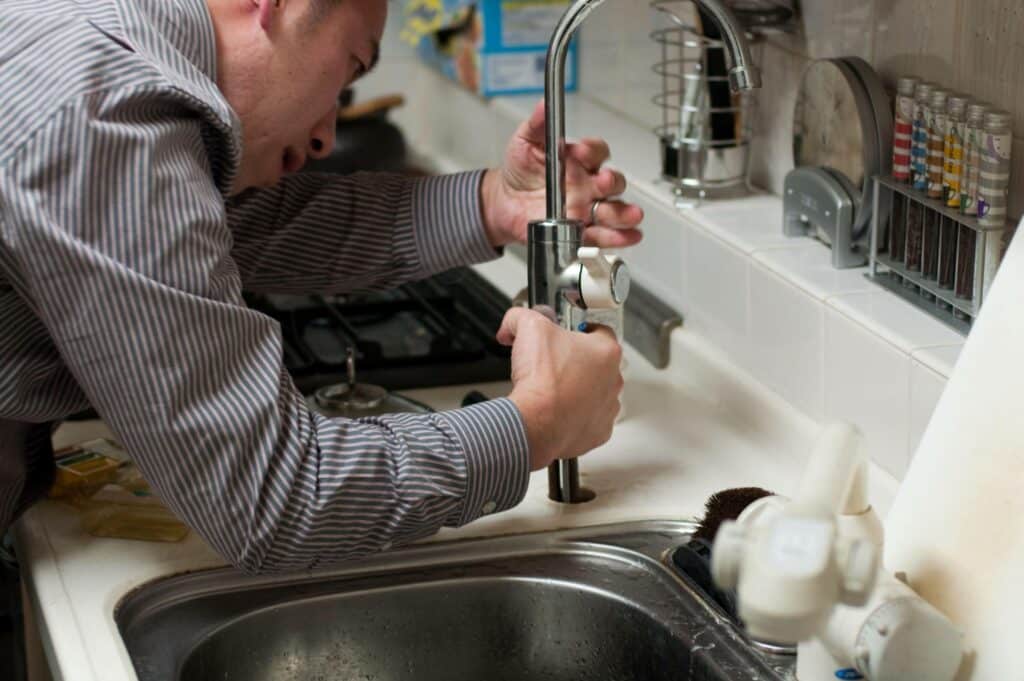
The Limitations of Snaking
 Snaking the kitchen sink is a common method used to clear clogs in pipes and drains. It involves using a long, flexible tool called a drain snake to physically remove any obstructions in the pipes. While this method can be effective in some cases, it may not always work, and here's why.
One of the main limitations of snaking is that it can only reach a certain distance into the pipes. If the clog is located deeper in the plumbing system, the snake may not be able to reach it. This is especially true for older homes with more complex plumbing systems. In these cases, snaking may only provide temporary relief and the clog may reappear.
Snaking the kitchen sink is a common method used to clear clogs in pipes and drains. It involves using a long, flexible tool called a drain snake to physically remove any obstructions in the pipes. While this method can be effective in some cases, it may not always work, and here's why.
One of the main limitations of snaking is that it can only reach a certain distance into the pipes. If the clog is located deeper in the plumbing system, the snake may not be able to reach it. This is especially true for older homes with more complex plumbing systems. In these cases, snaking may only provide temporary relief and the clog may reappear.
Issues with Chemical Drain Cleaners
 Another reason why snaking may not work is if the clog is caused by a buildup of grease or other substances. In these situations, using chemical drain cleaners may seem like a quick and easy solution. However, these harsh chemicals can actually cause damage to your pipes and worsen the clog. Additionally, if the clog is caused by a foreign object, such as a toy or piece of jewelry, snaking may not be effective at all.
Another reason why snaking may not work is if the clog is caused by a buildup of grease or other substances. In these situations, using chemical drain cleaners may seem like a quick and easy solution. However, these harsh chemicals can actually cause damage to your pipes and worsen the clog. Additionally, if the clog is caused by a foreign object, such as a toy or piece of jewelry, snaking may not be effective at all.
When to Call a Professional
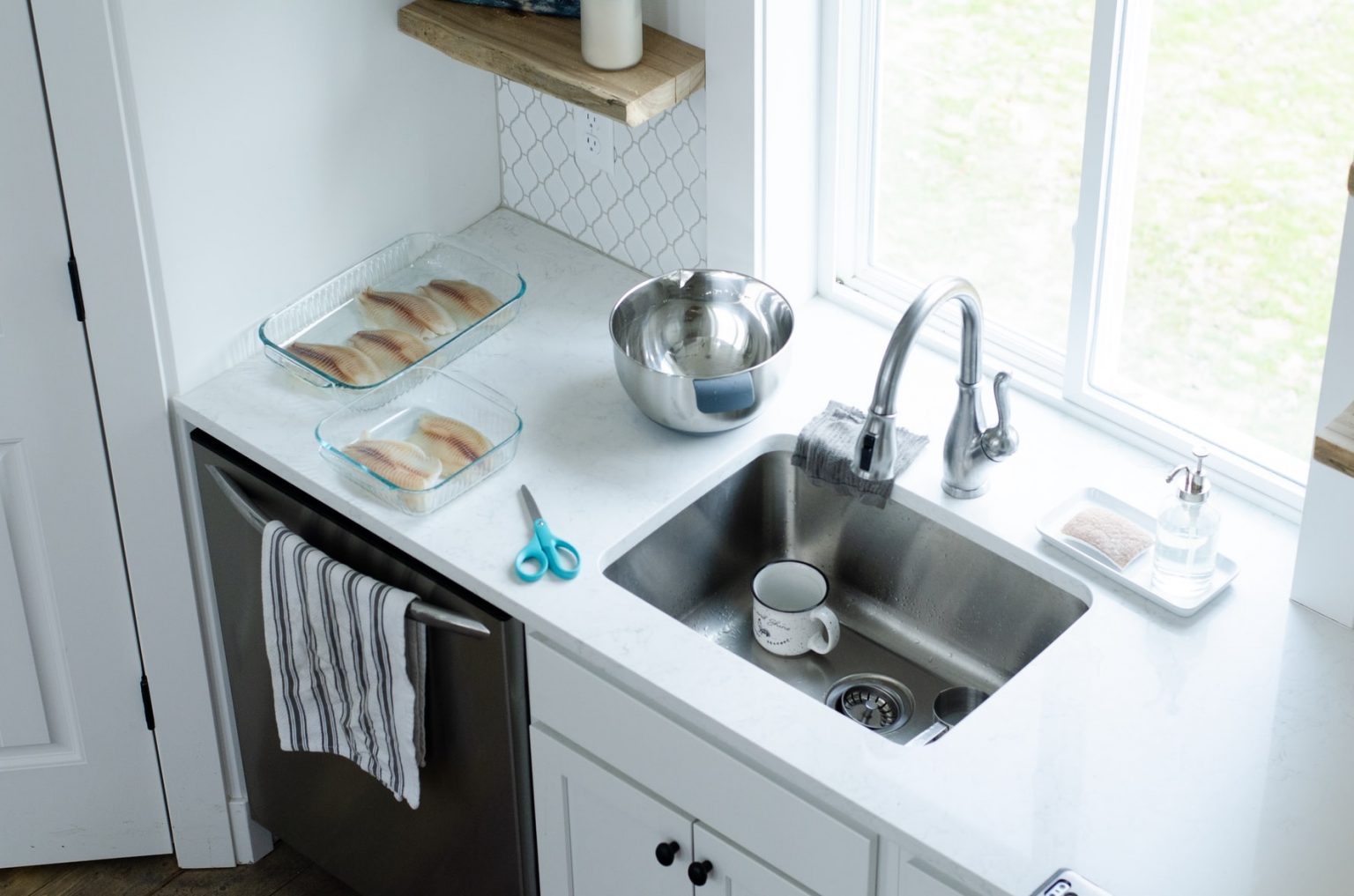 If snaking the kitchen sink doesn't work, it may be time to call a professional plumber. They have specialized tools and equipment, such as hydro-jetting, that can effectively clear even the toughest clogs without causing damage to your pipes. Plumbers also have the expertise and experience to accurately diagnose the cause of the clog and provide a long-term solution.
In some cases, snaking may work temporarily, but the clog may return if the underlying issue is not addressed. This is why it's important to have a professional plumber assess the situation and provide a thorough solution. In the long run, it can save you time and money by preventing future clogs and potential damage to your plumbing system.
In conclusion,
while snaking the kitchen sink may seem like a simple and affordable solution, it may not always be effective. It's important to understand the limitations of this method and know when to call a professional for help. By doing so, you can ensure that your plumbing system remains in good condition and your kitchen sink stays clear and functional.
If snaking the kitchen sink doesn't work, it may be time to call a professional plumber. They have specialized tools and equipment, such as hydro-jetting, that can effectively clear even the toughest clogs without causing damage to your pipes. Plumbers also have the expertise and experience to accurately diagnose the cause of the clog and provide a long-term solution.
In some cases, snaking may work temporarily, but the clog may return if the underlying issue is not addressed. This is why it's important to have a professional plumber assess the situation and provide a thorough solution. In the long run, it can save you time and money by preventing future clogs and potential damage to your plumbing system.
In conclusion,
while snaking the kitchen sink may seem like a simple and affordable solution, it may not always be effective. It's important to understand the limitations of this method and know when to call a professional for help. By doing so, you can ensure that your plumbing system remains in good condition and your kitchen sink stays clear and functional.
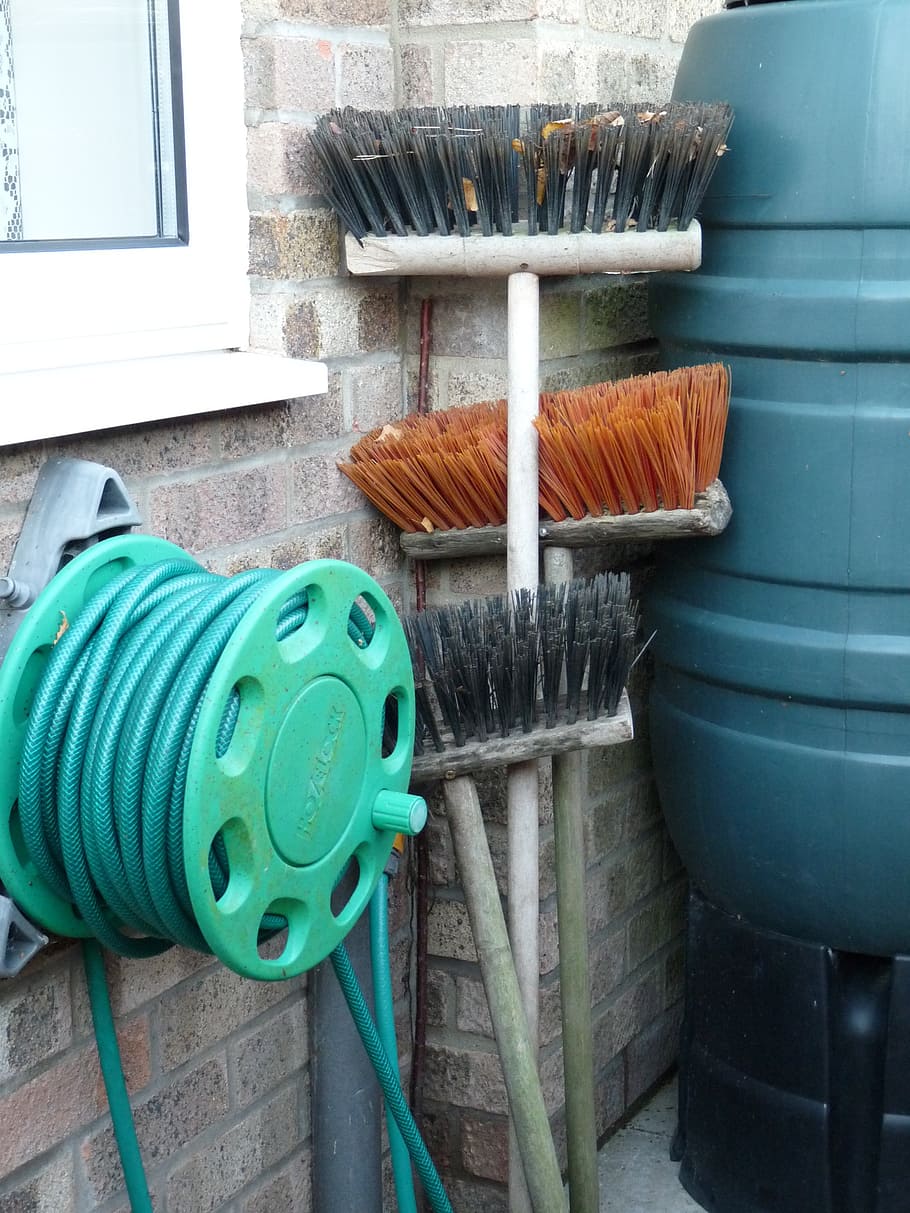



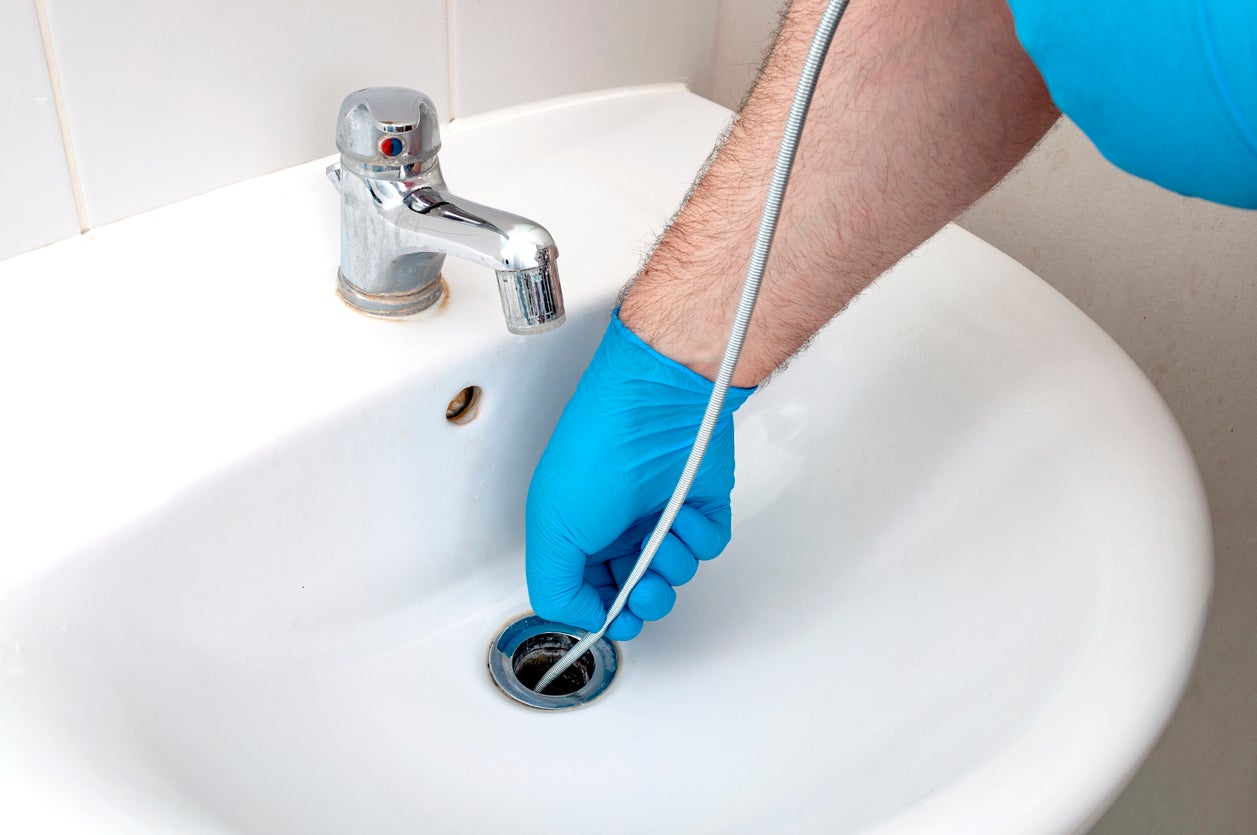


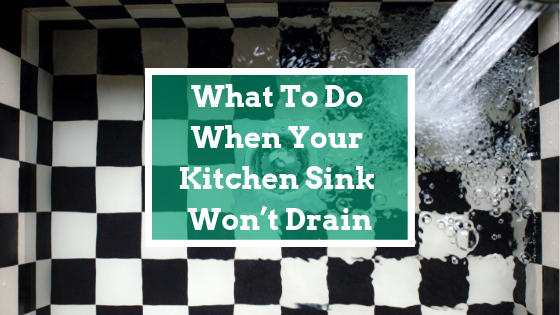
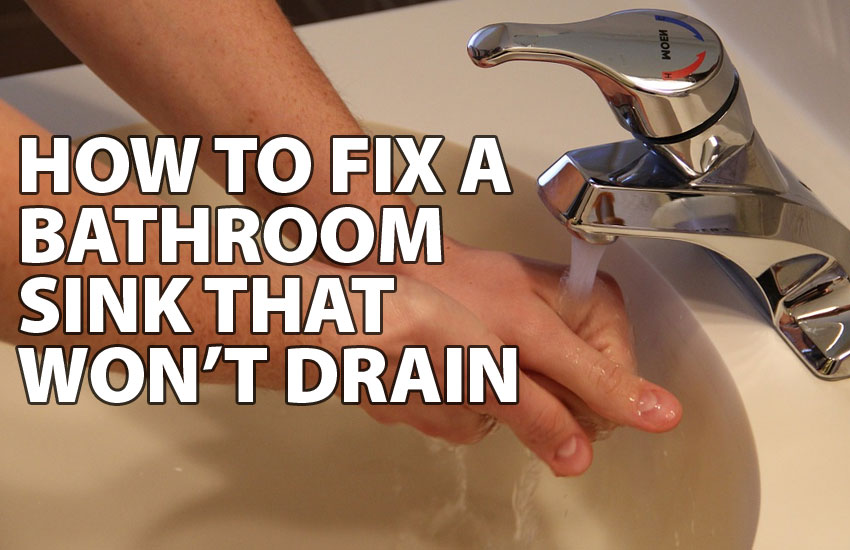

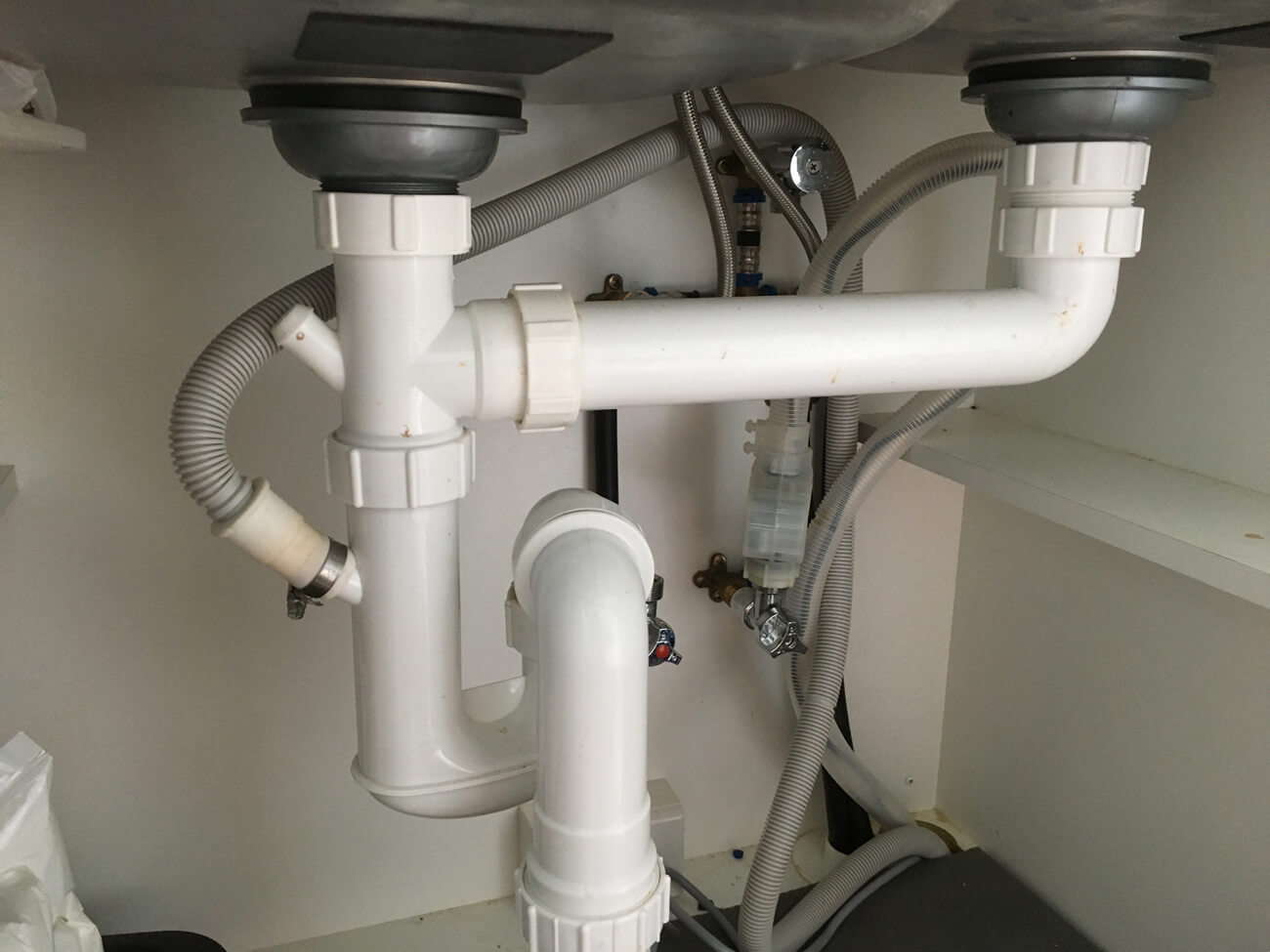



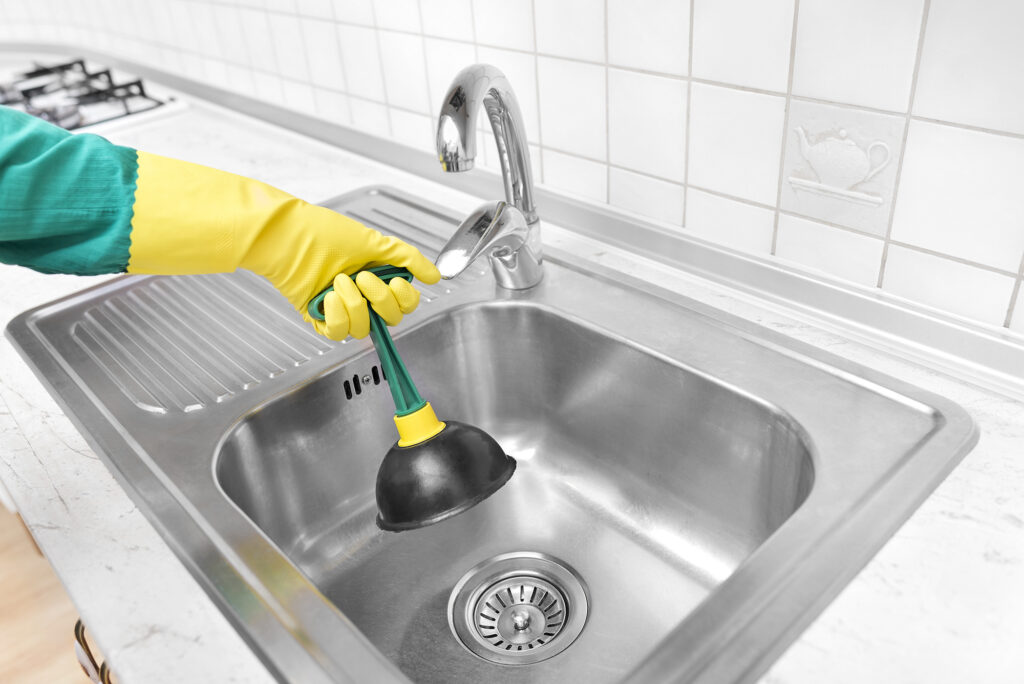
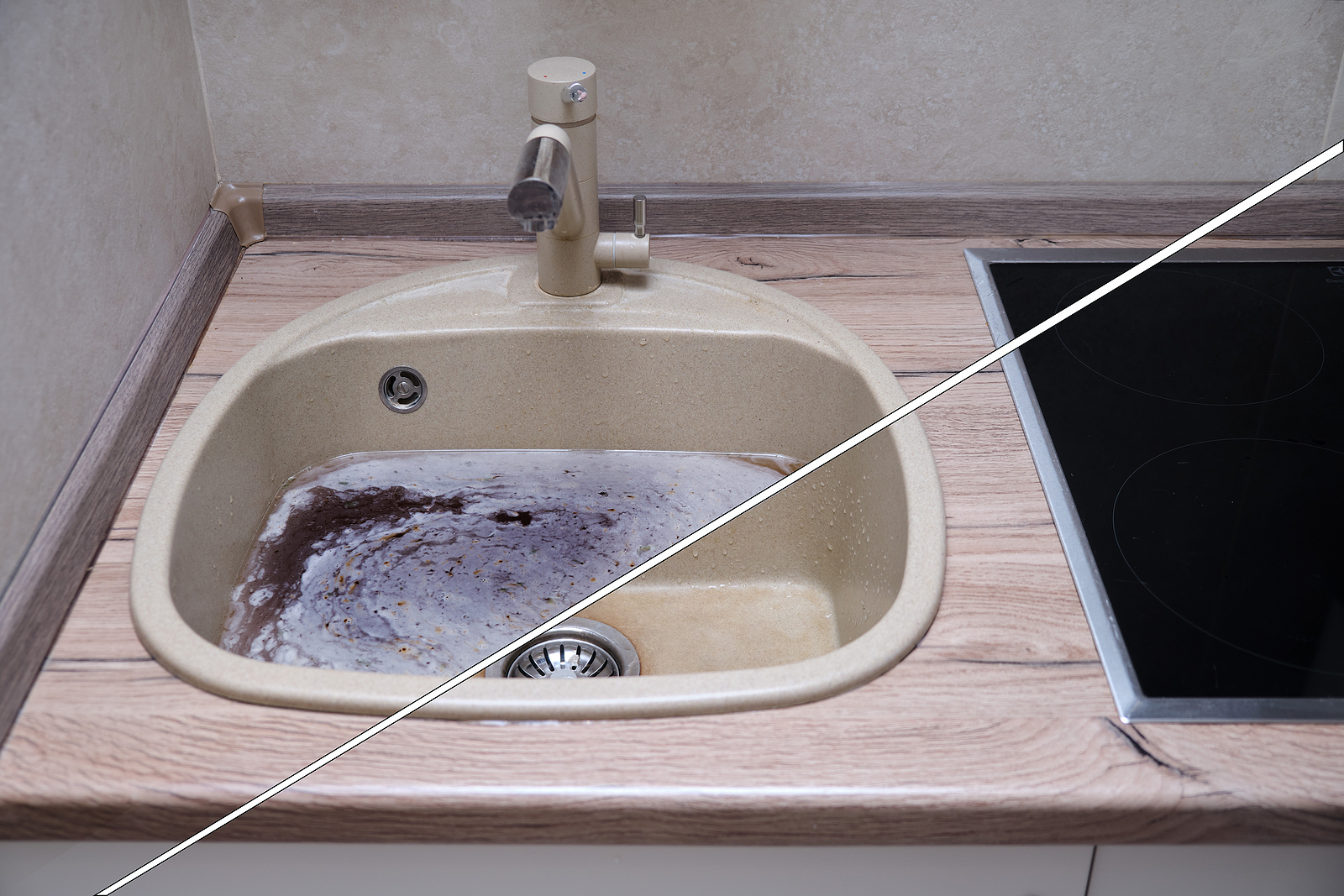

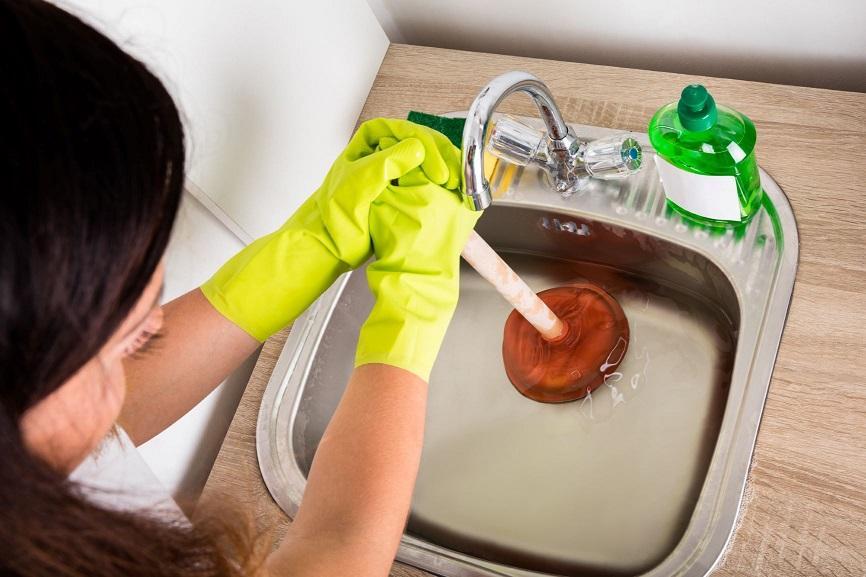

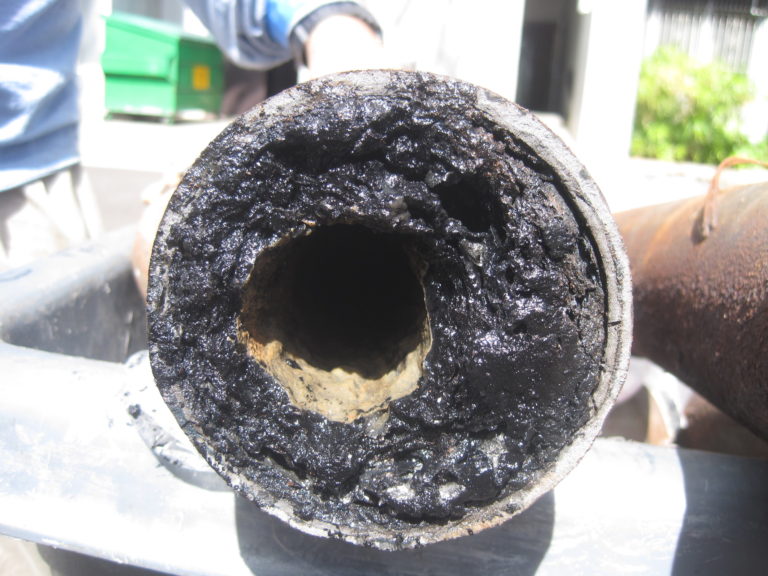
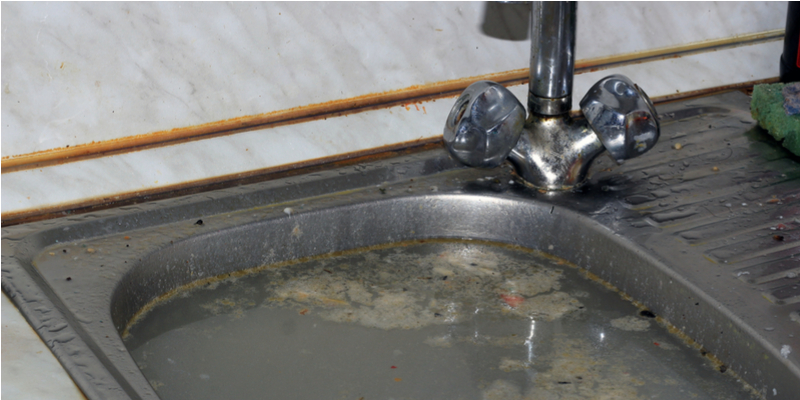

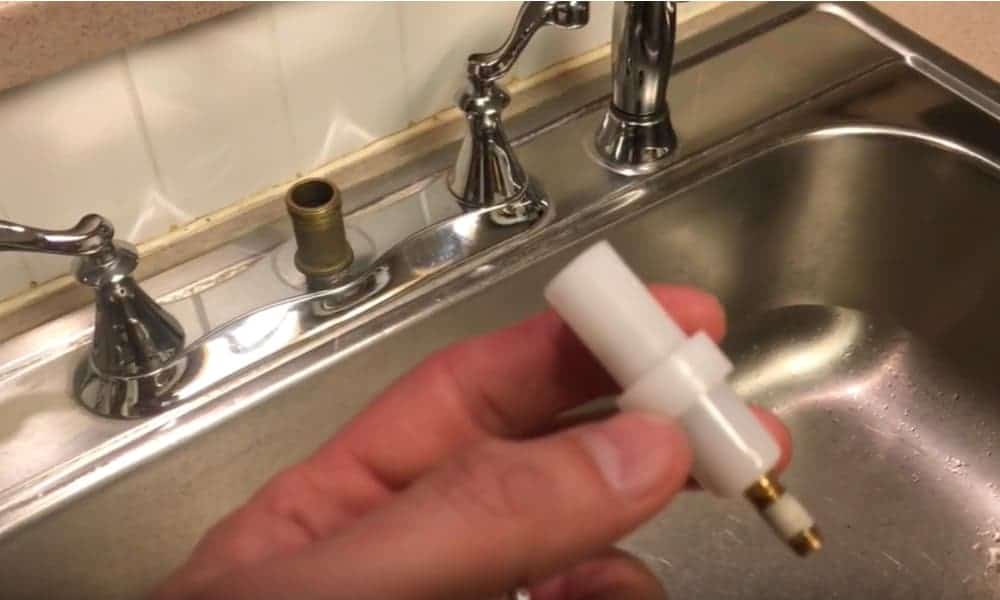

:max_bytes(150000):strip_icc()/plumber-unclogging-kitchen-sink-169270382-5810e7bb5f9b58564c5dd92b.jpg)


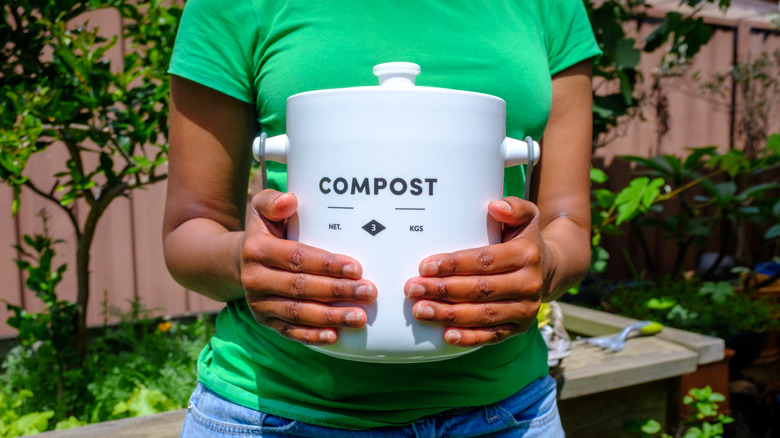
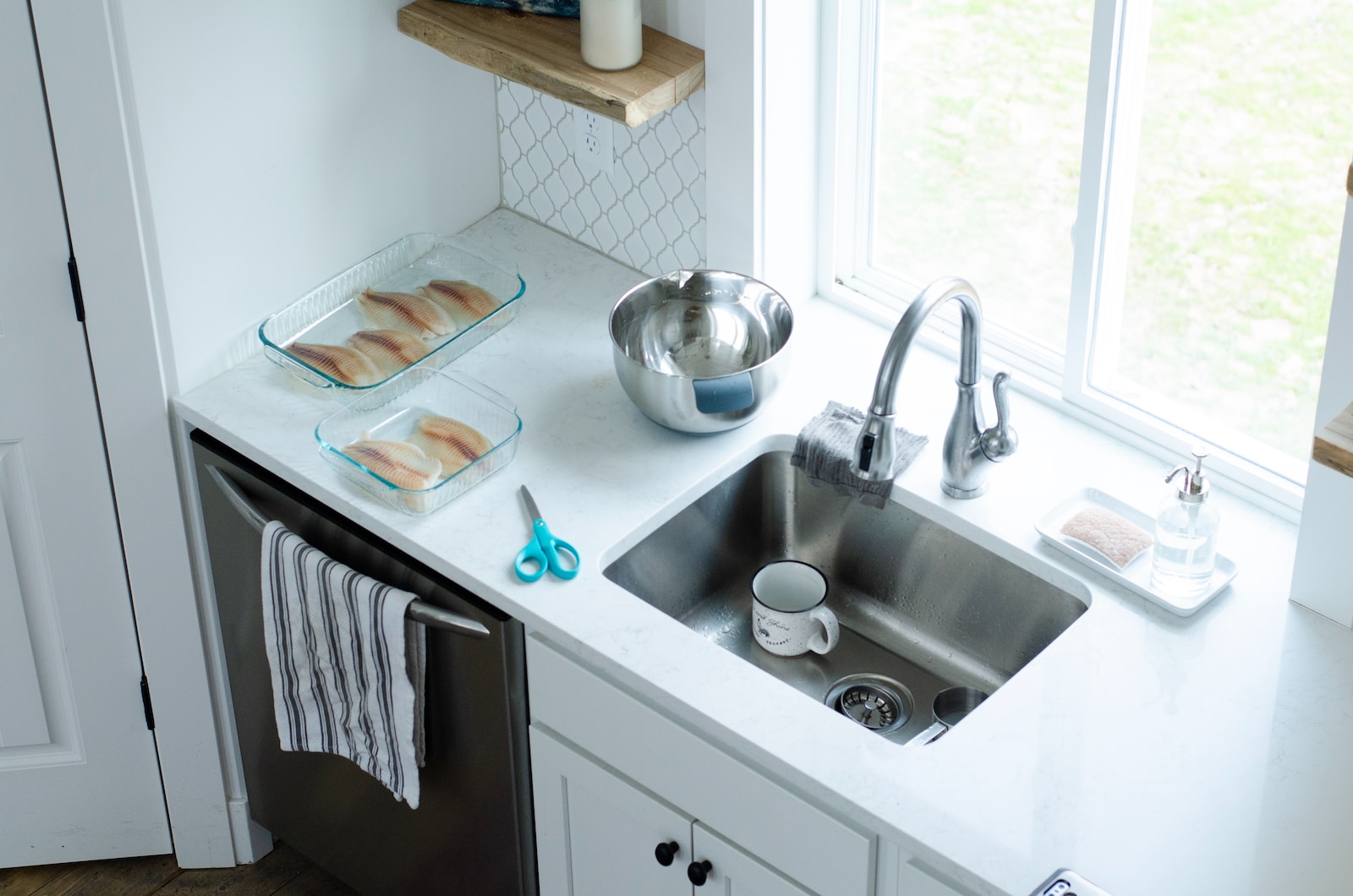



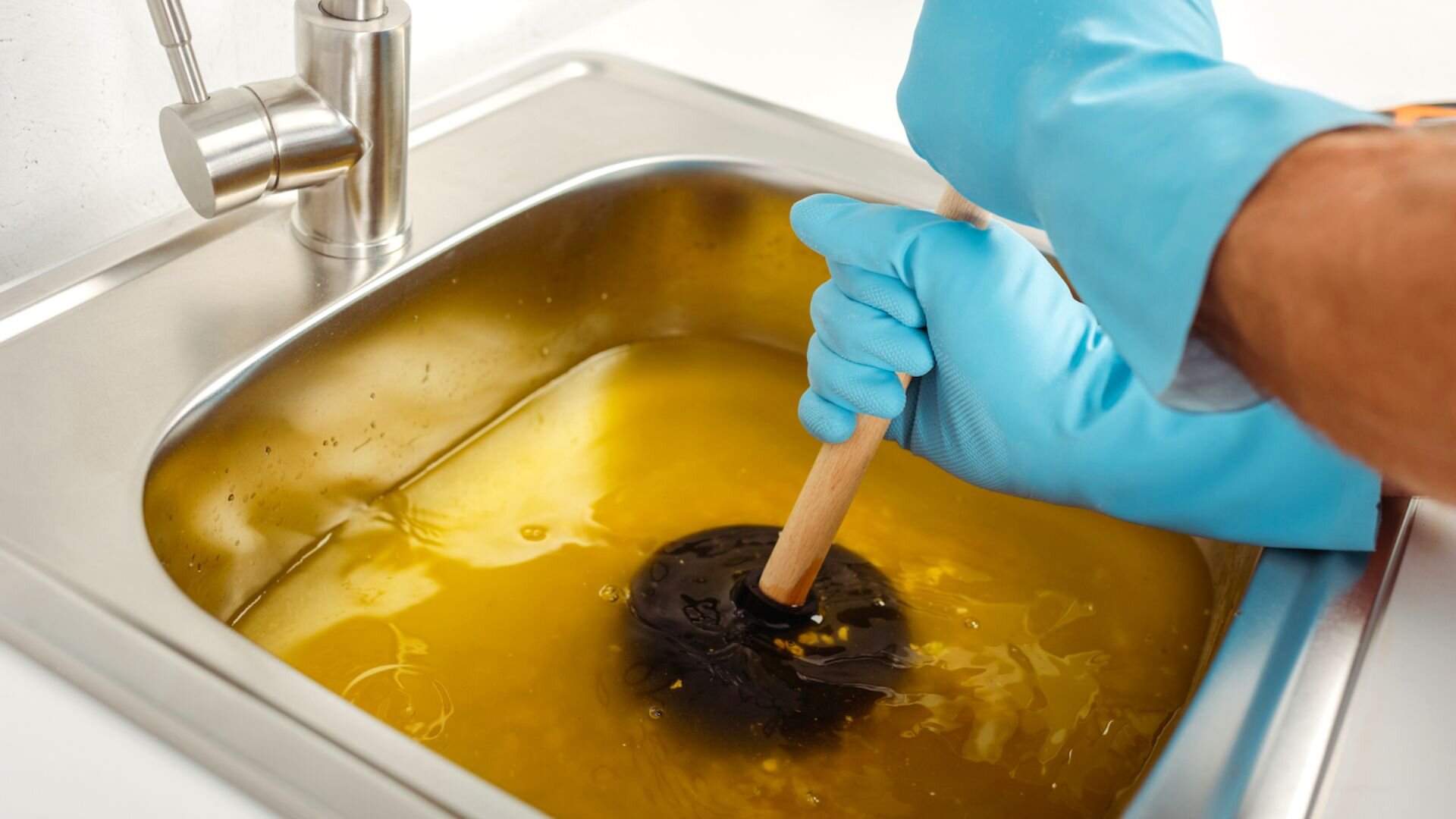











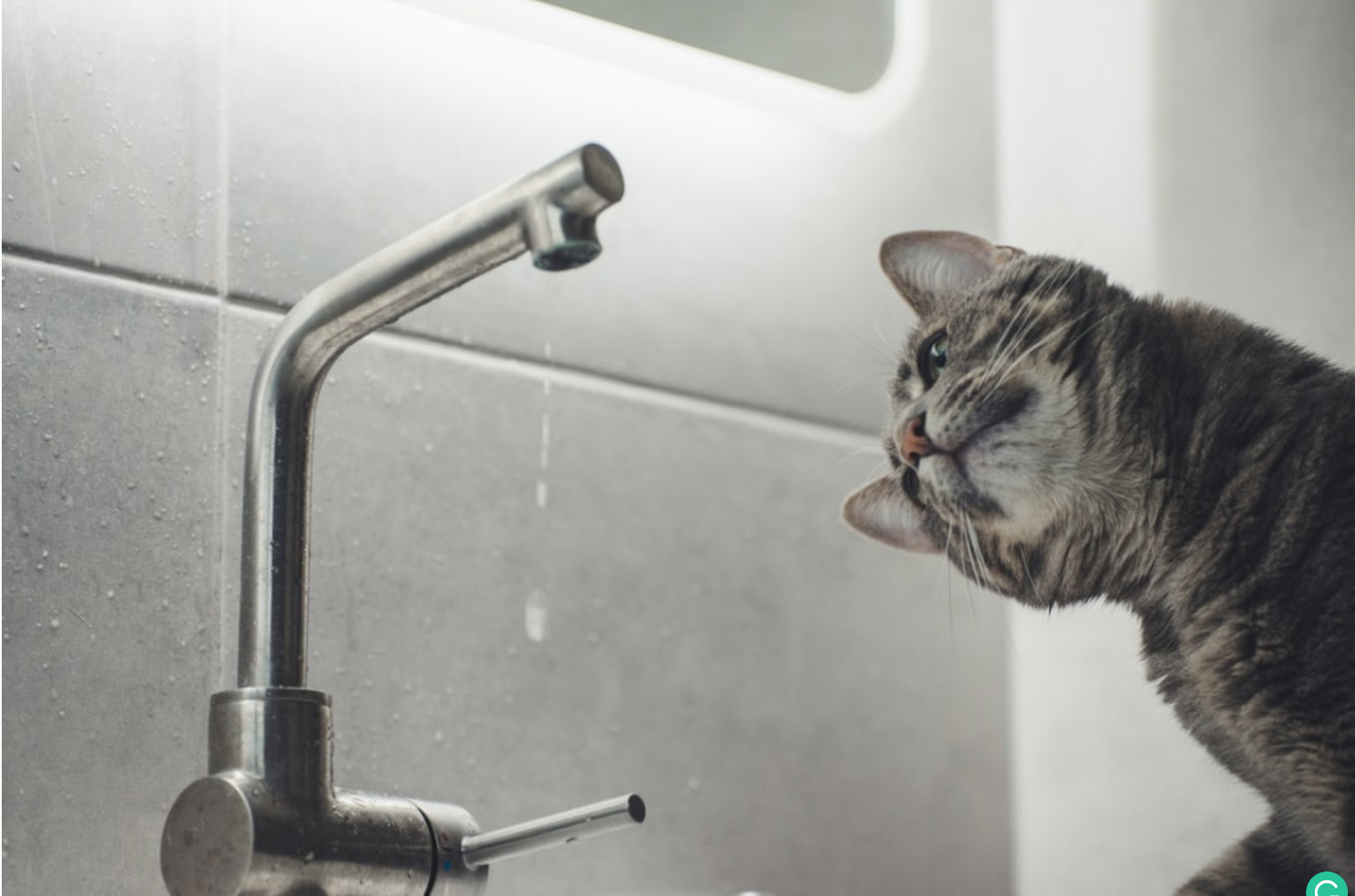


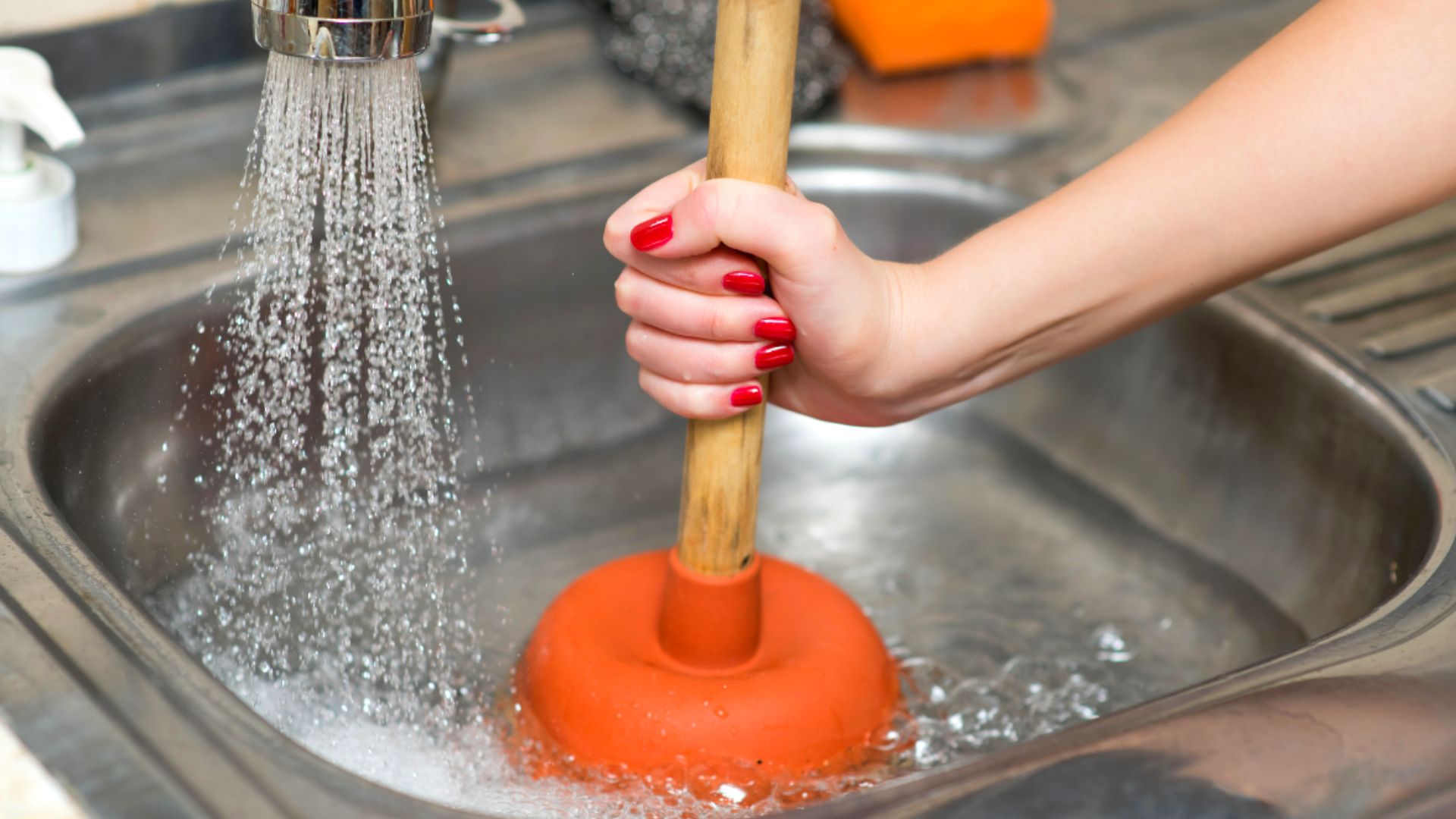
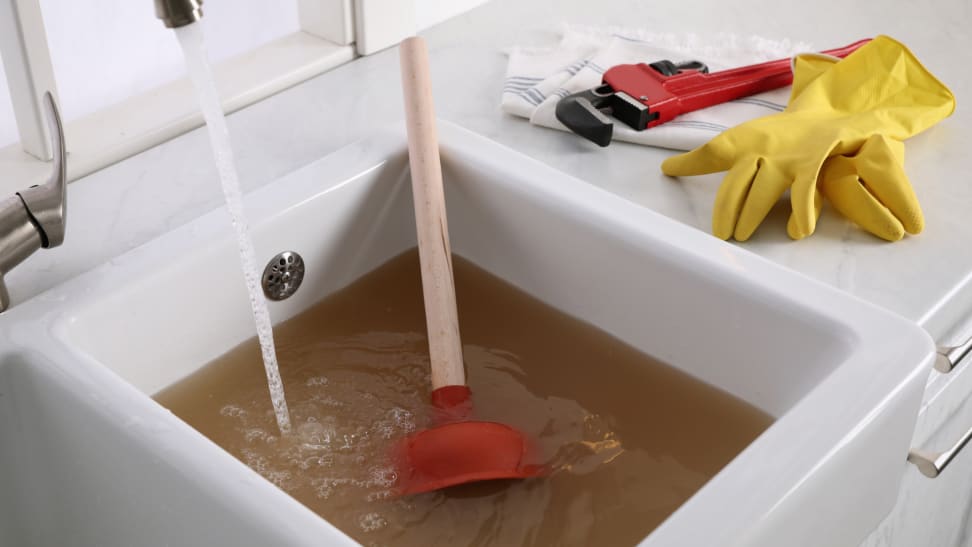
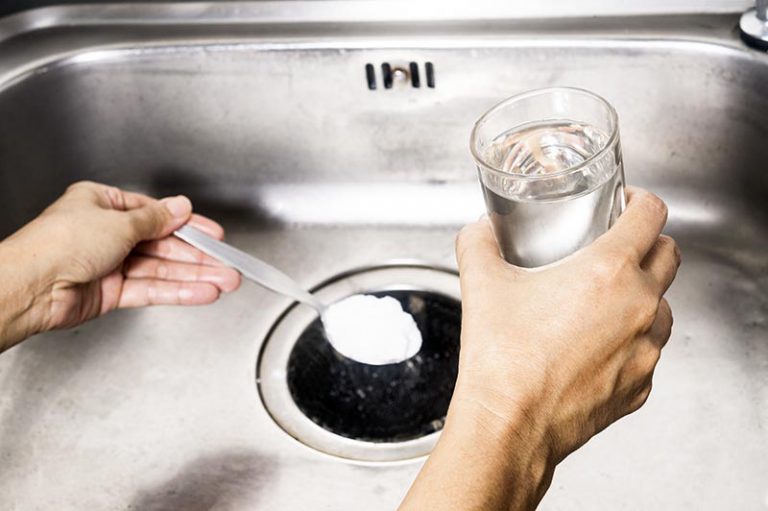


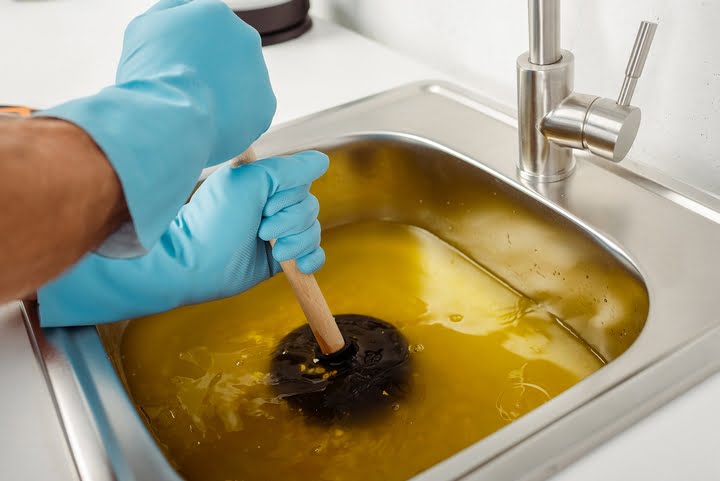





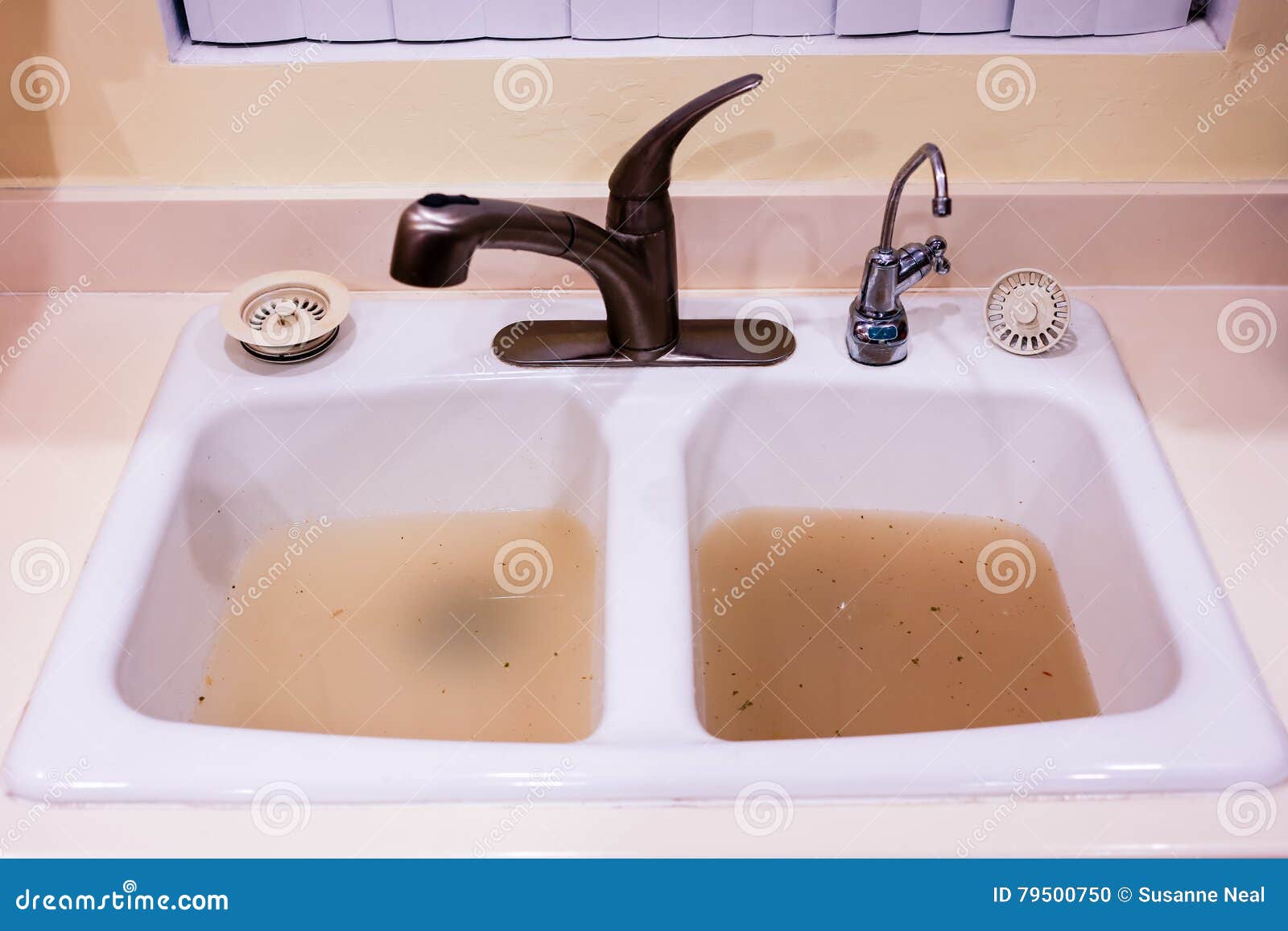

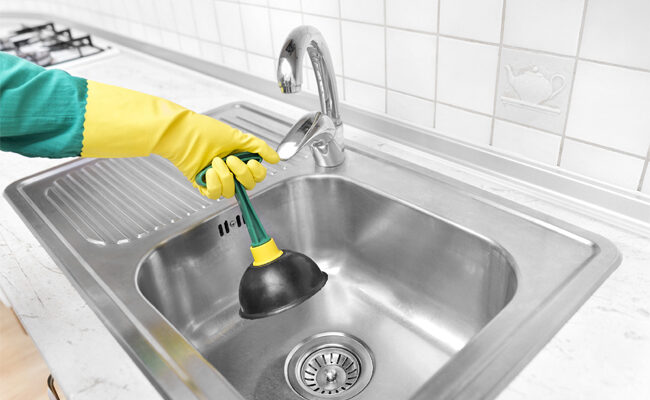
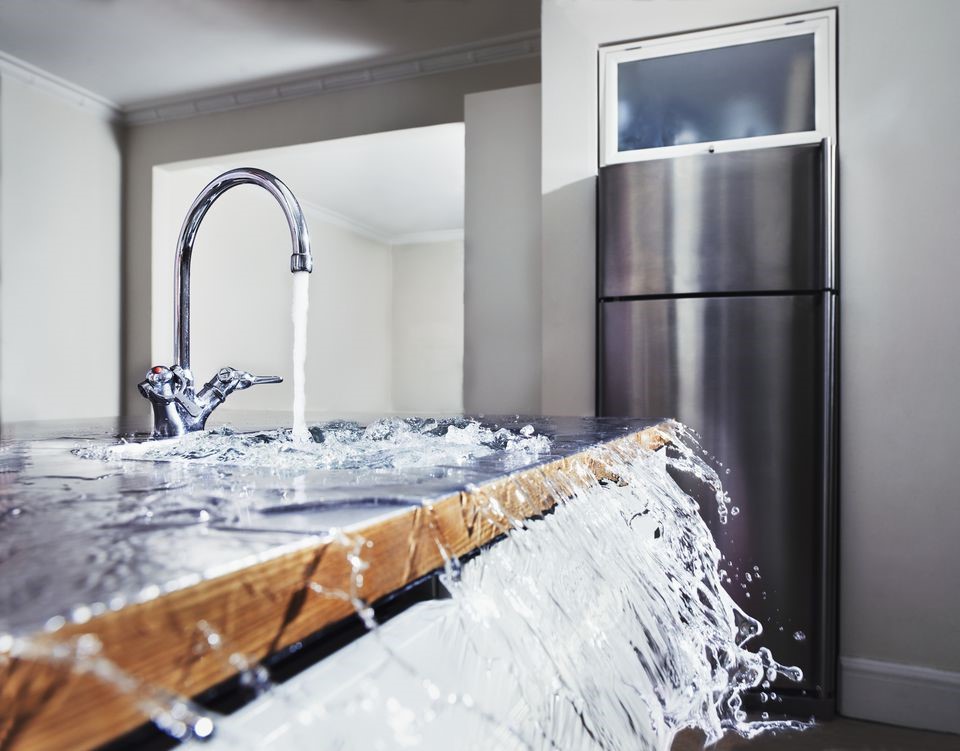
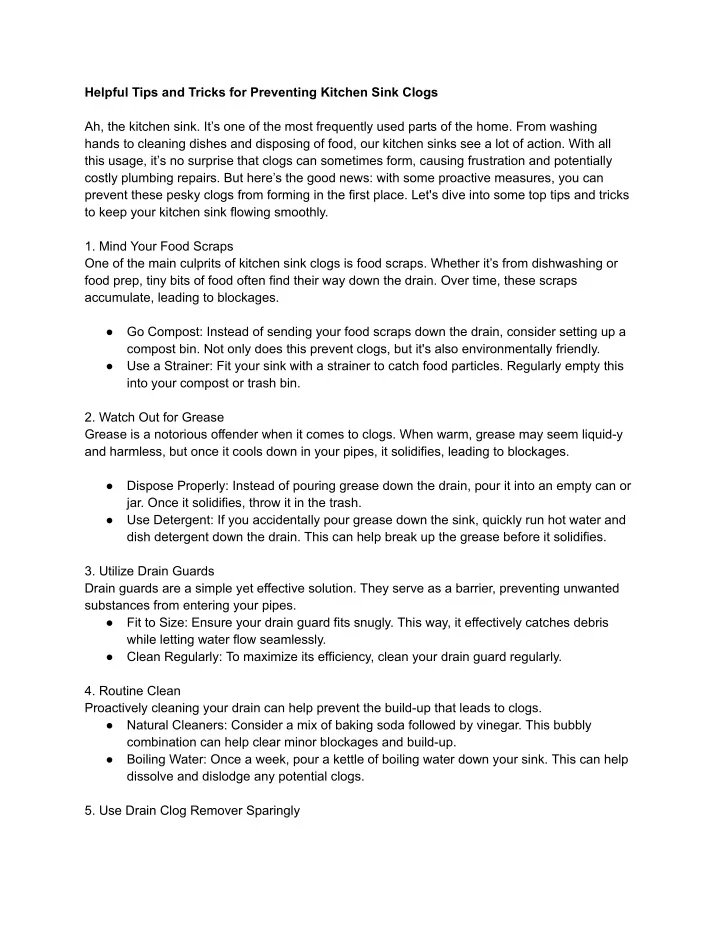




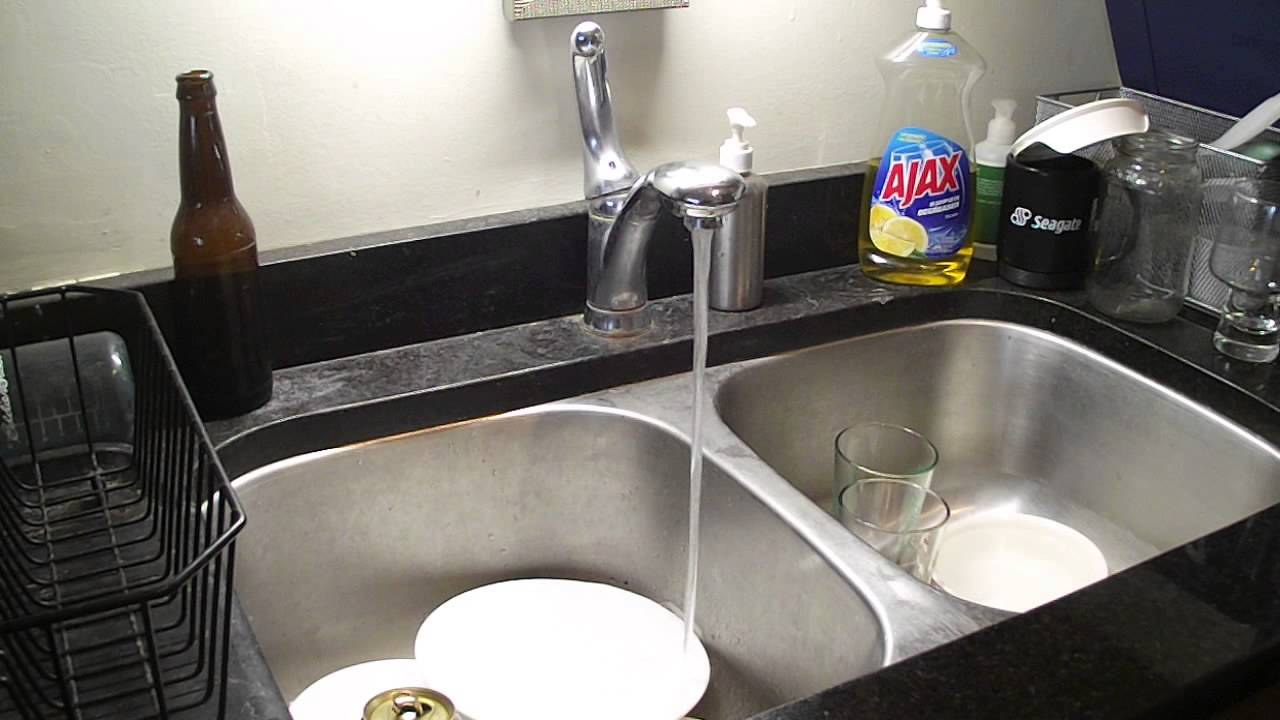



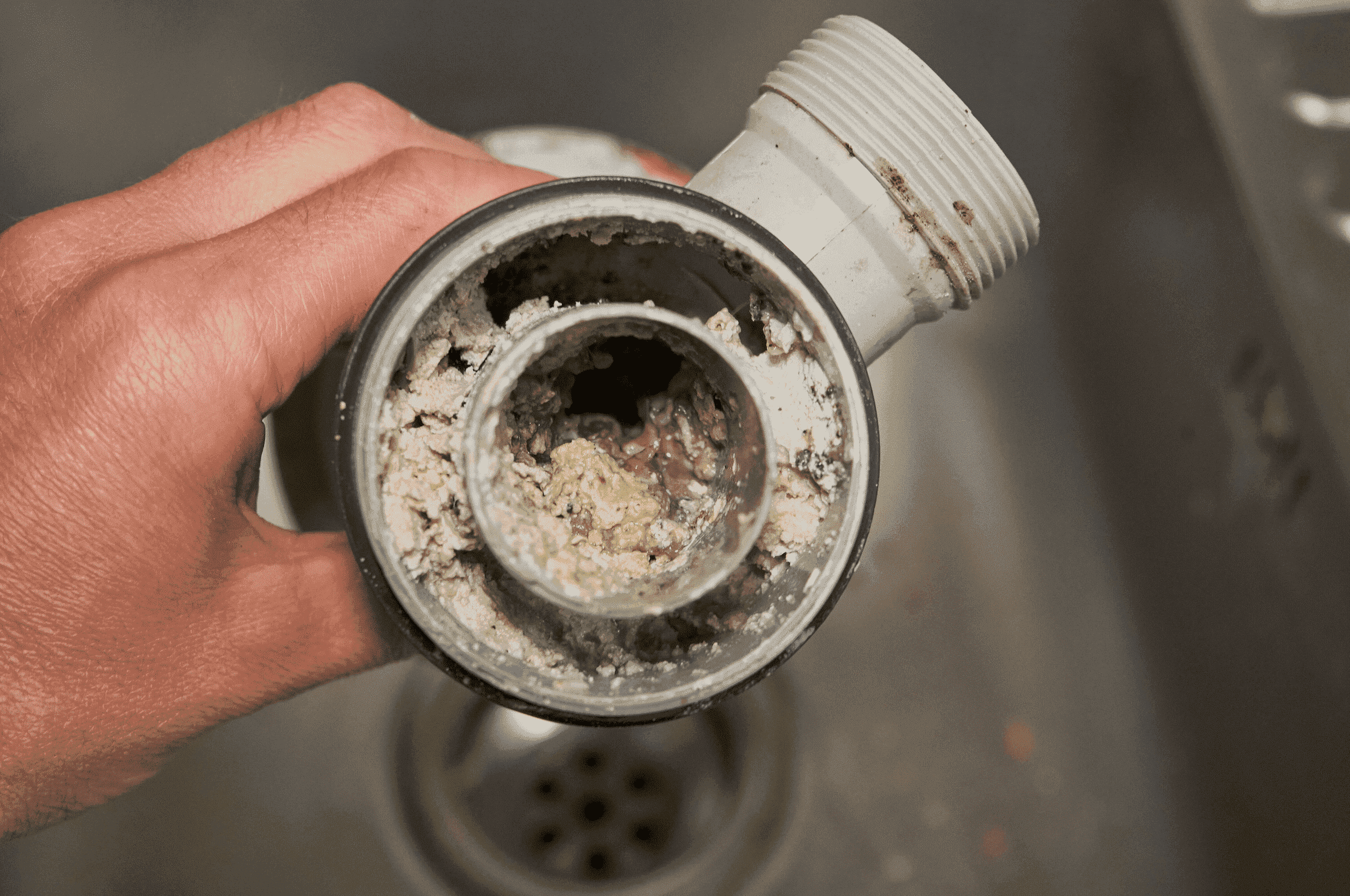

/plumber-unclogging-kitchen-sink-169270382-5797a9355f9b58461f27f024.jpg)
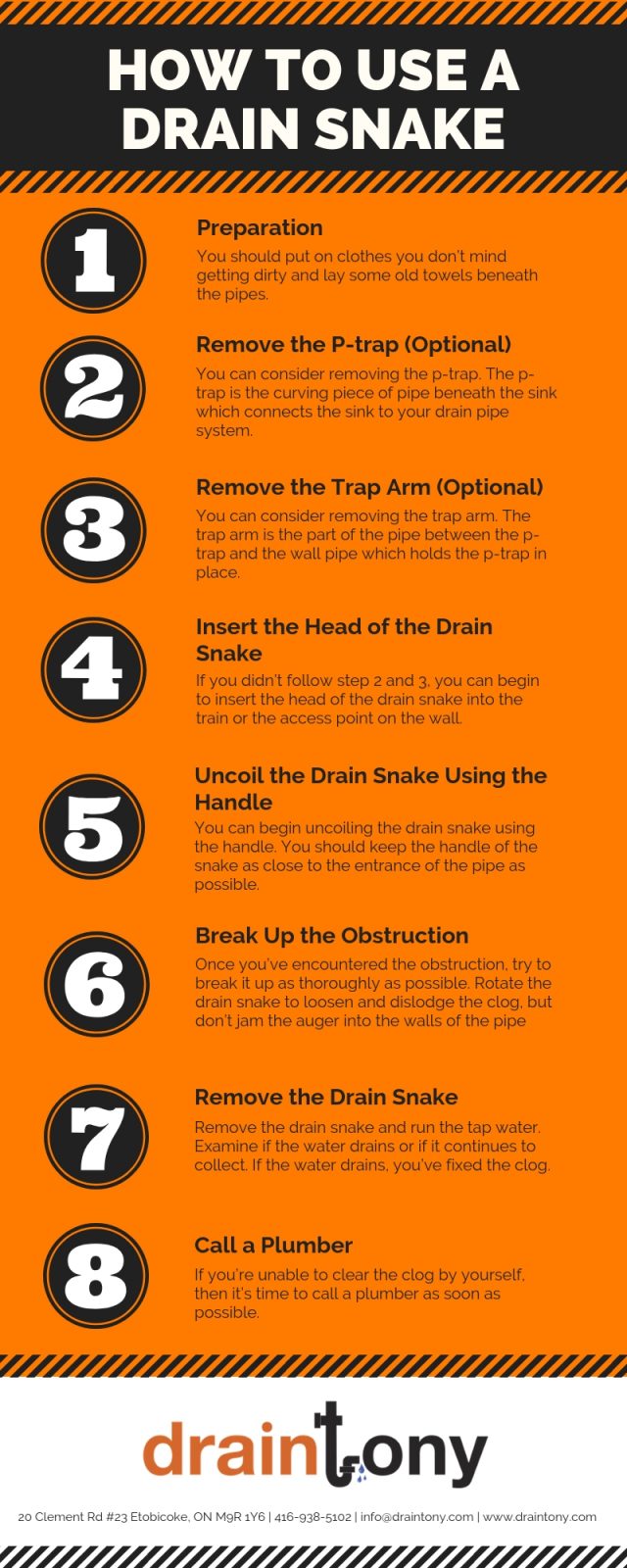

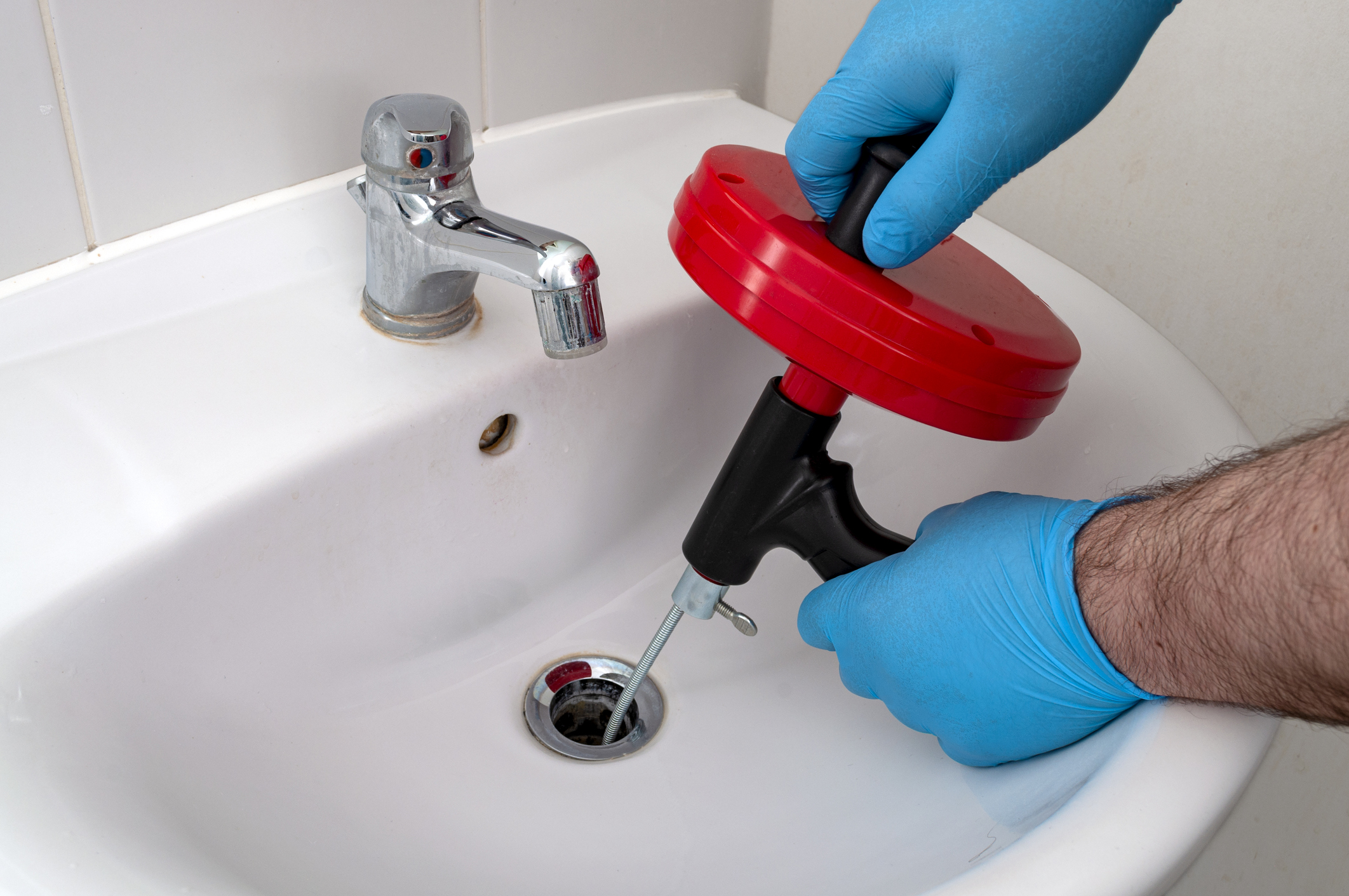

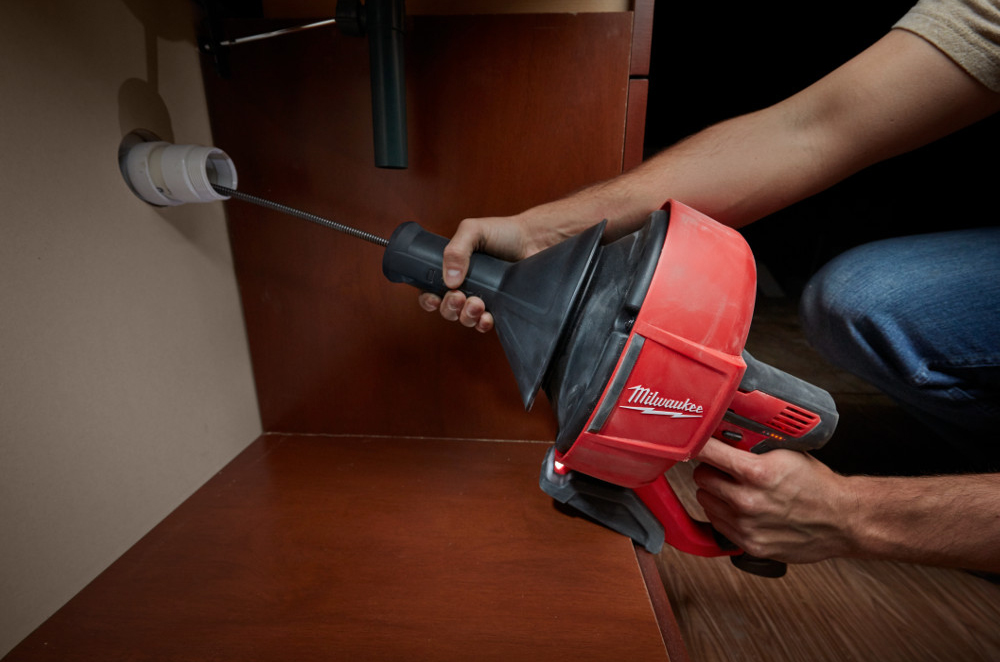


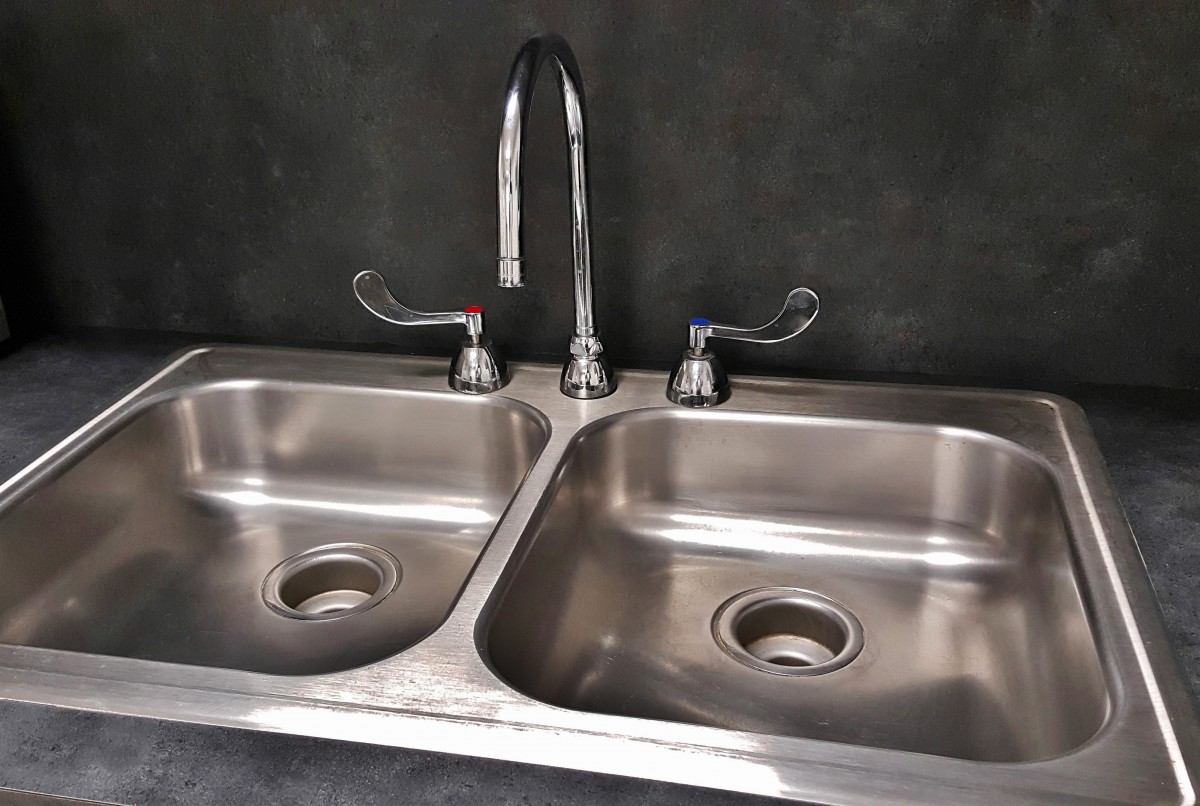





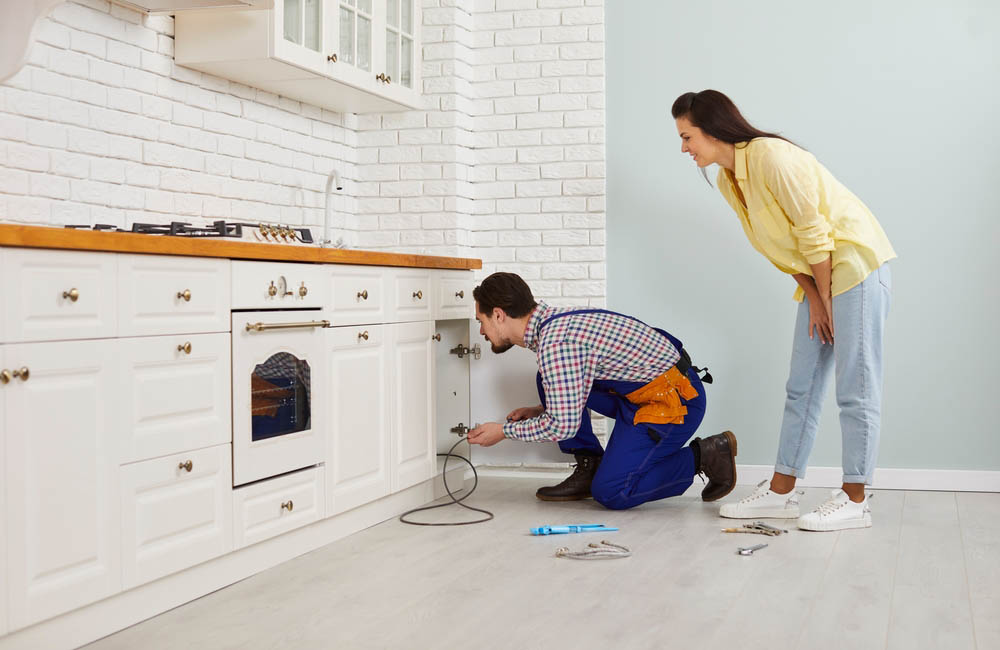




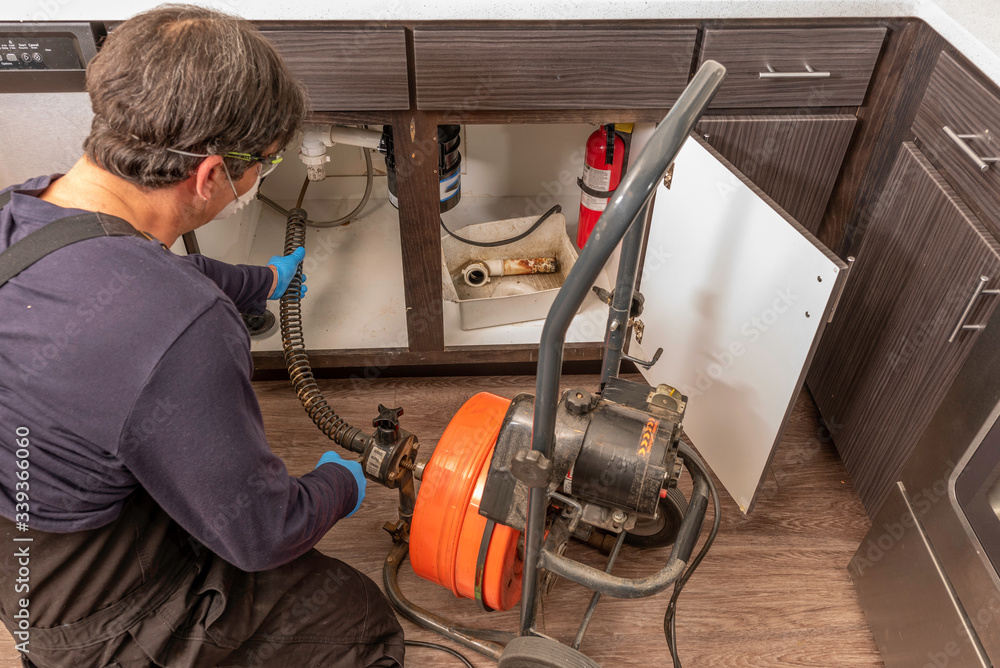


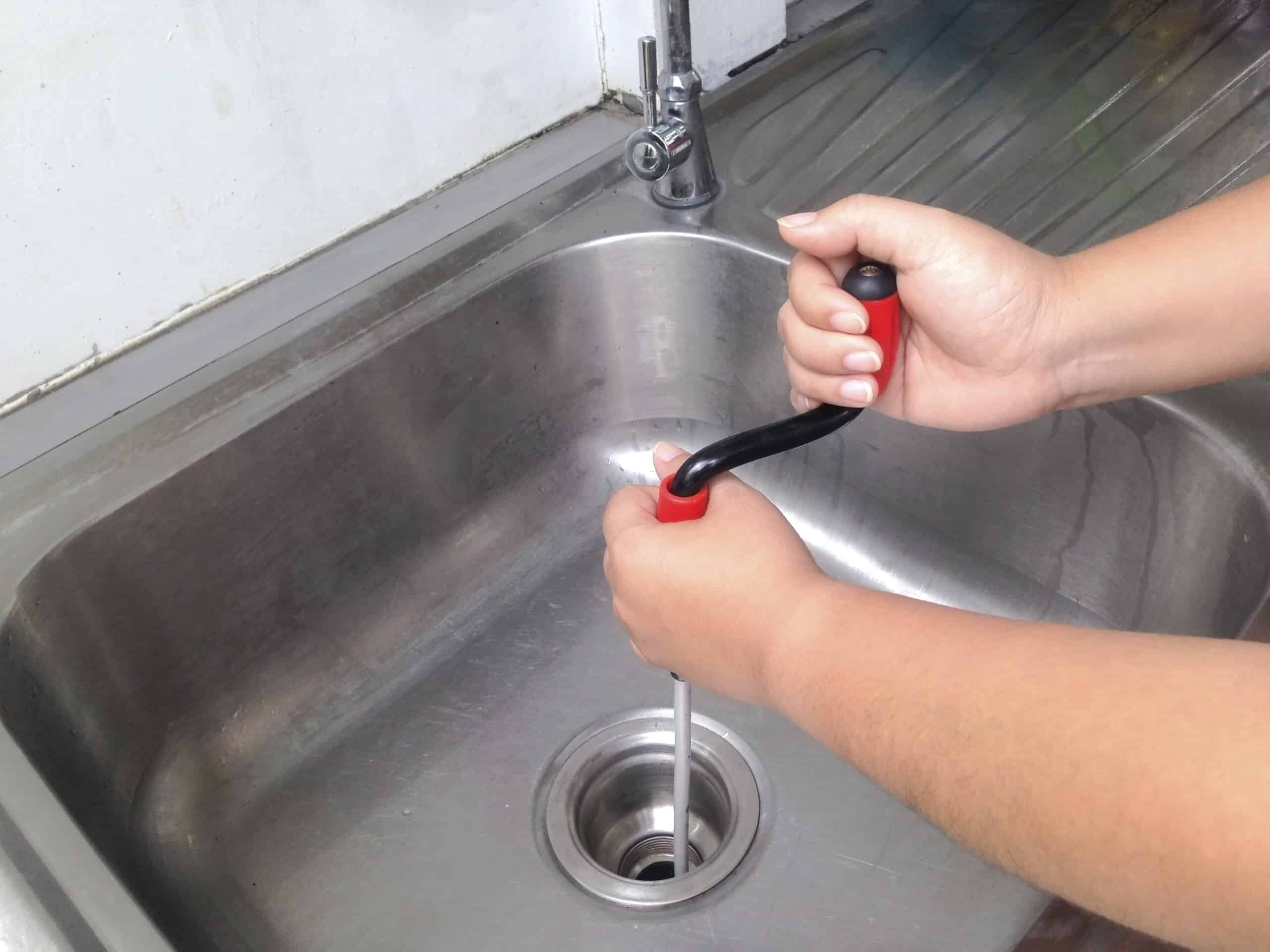
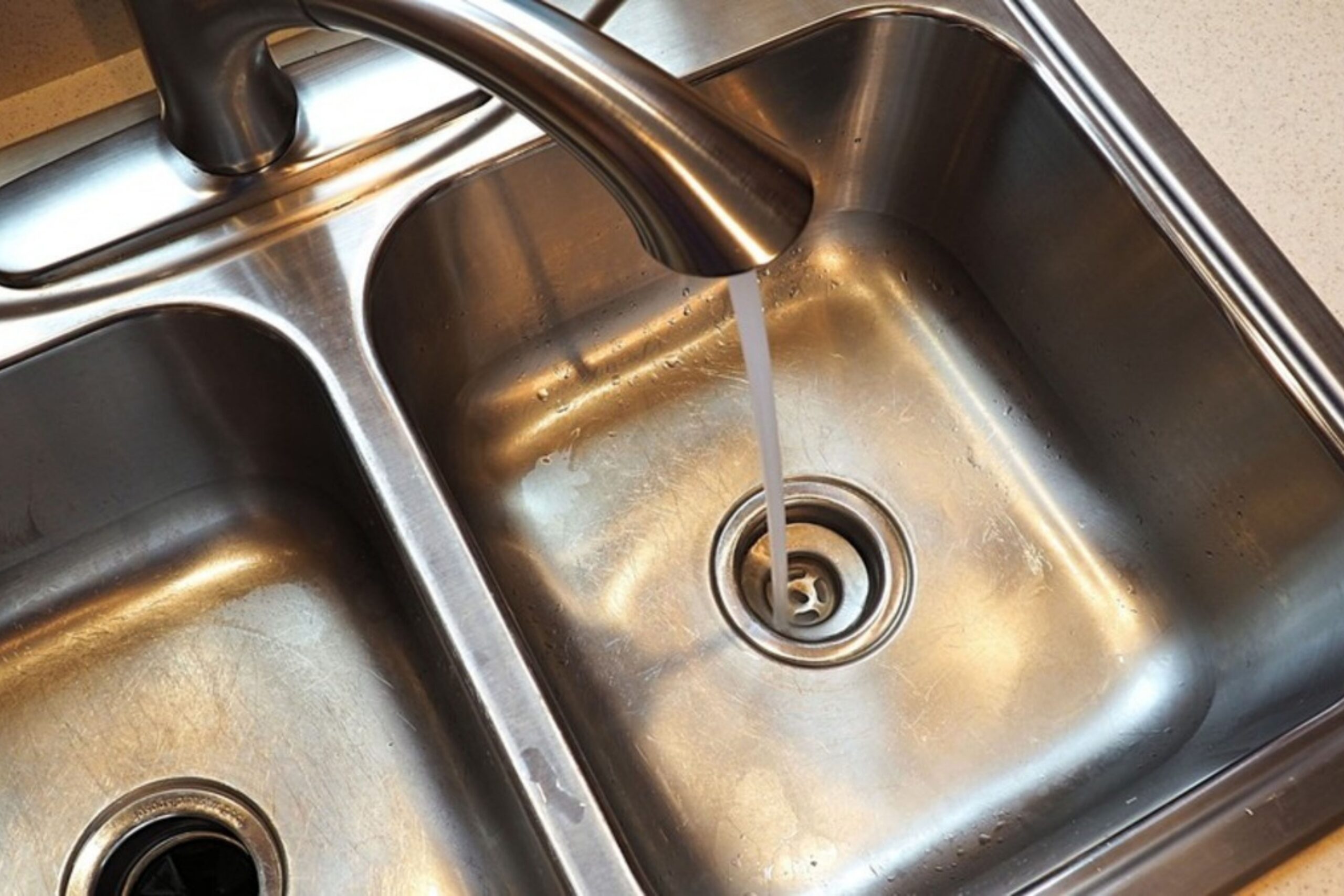
:max_bytes(150000):strip_icc()/how-to-unclog-a-kitchen-sink-2718799_sketch_FINAL-8c5caa805a69493ab22dfb537c72a1b7.png)


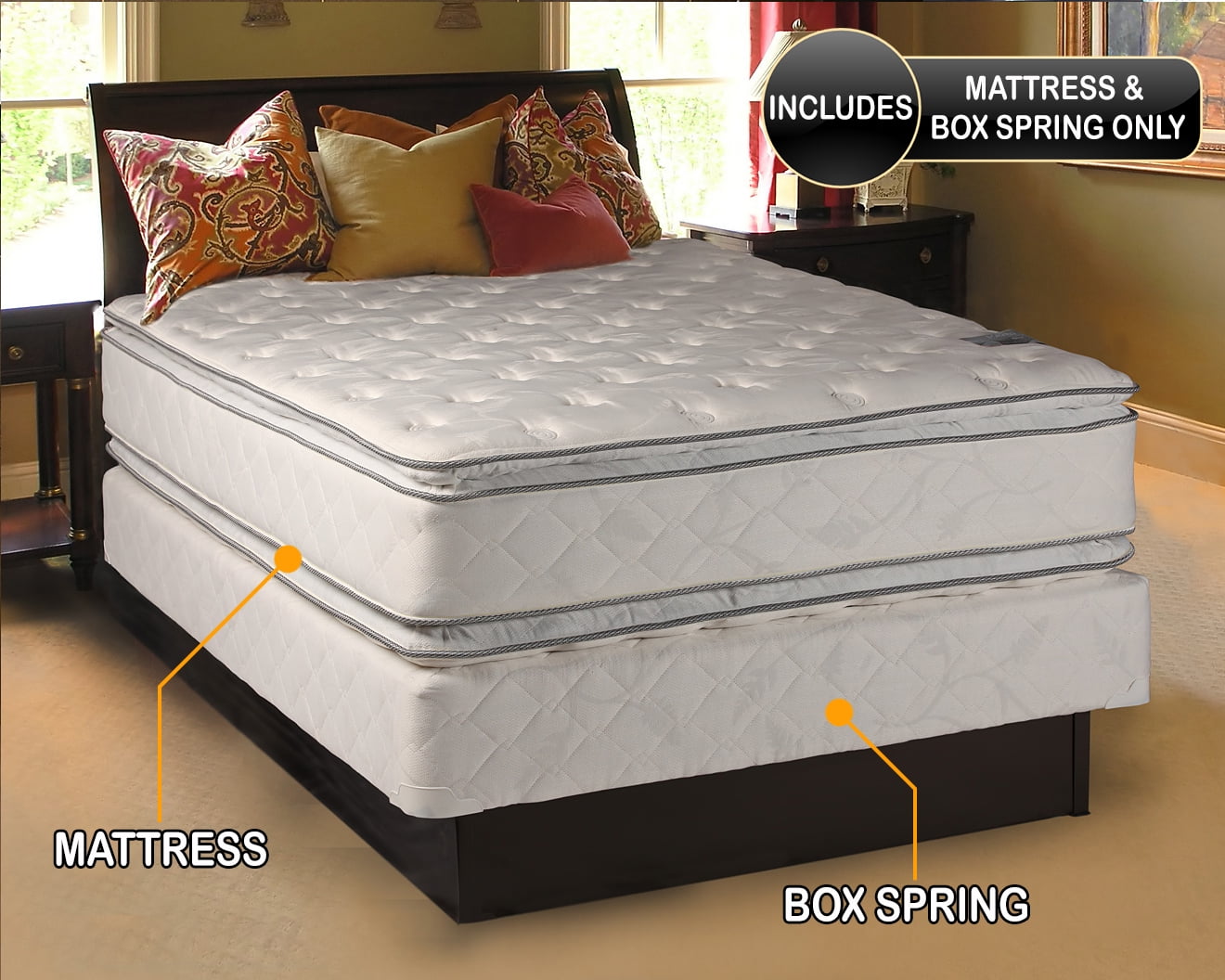


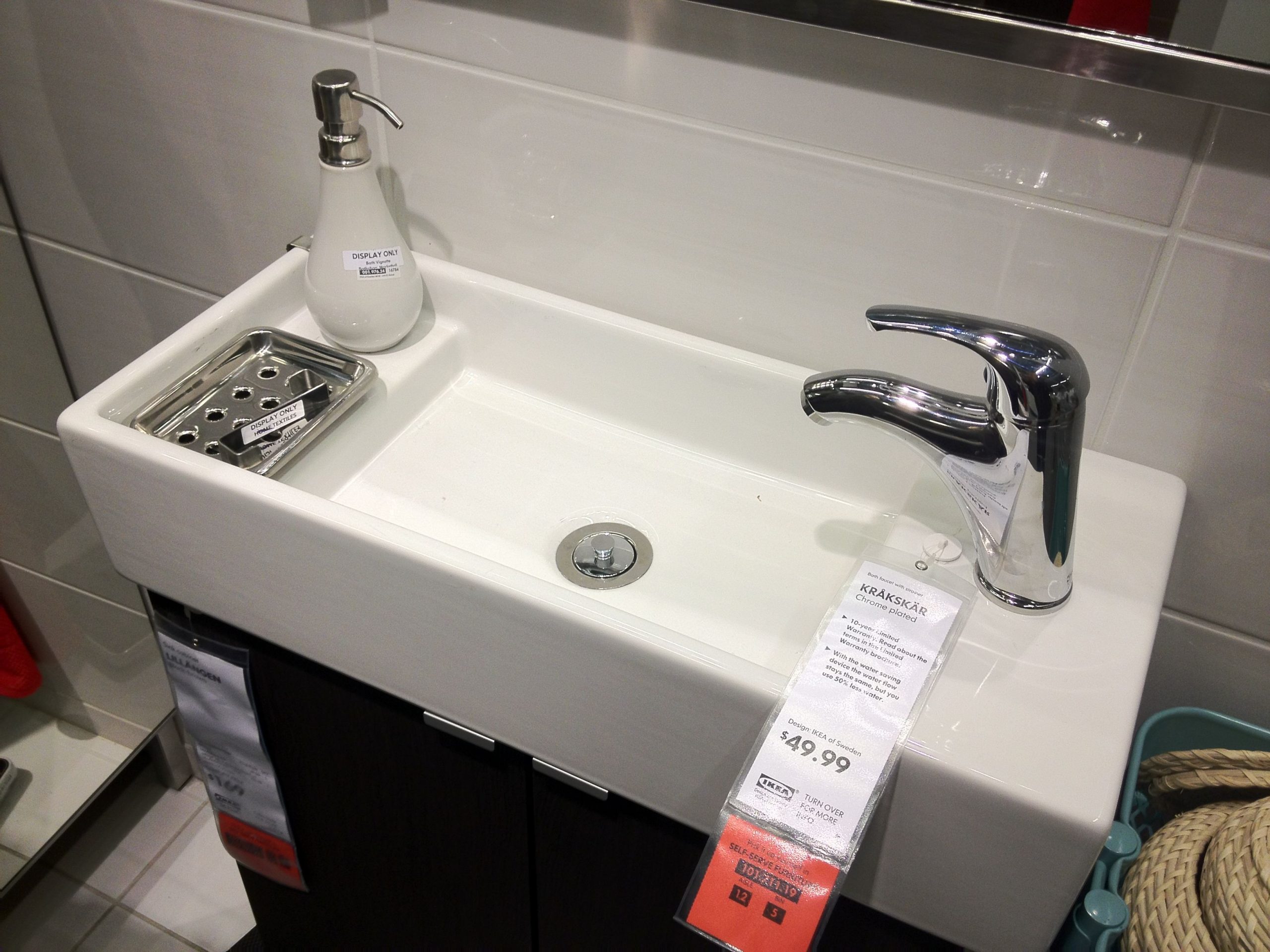
/cdn.vox-cdn.com/uploads/chorus_image/image/53870459/normascafeGH.0.0.jpg)
